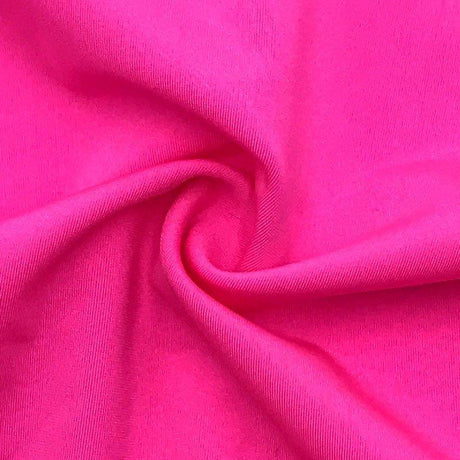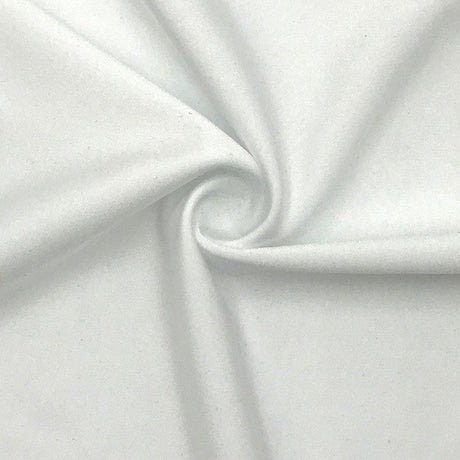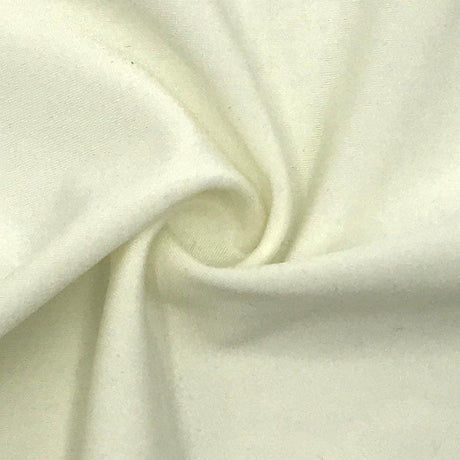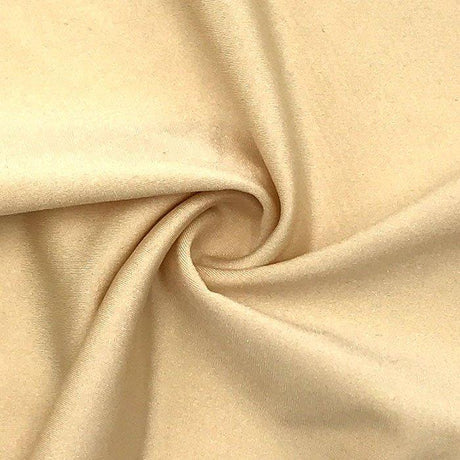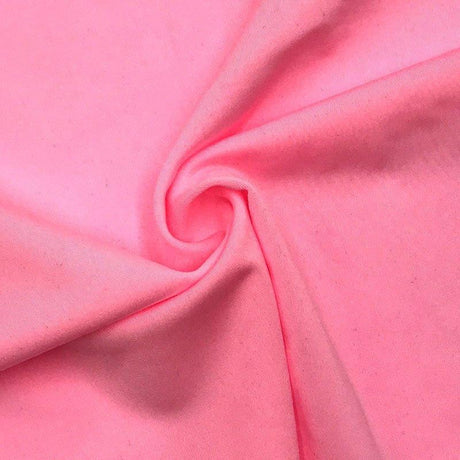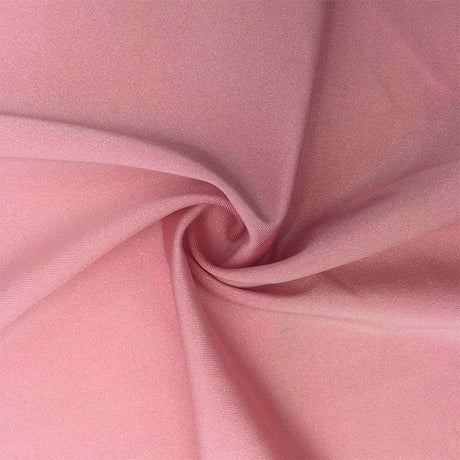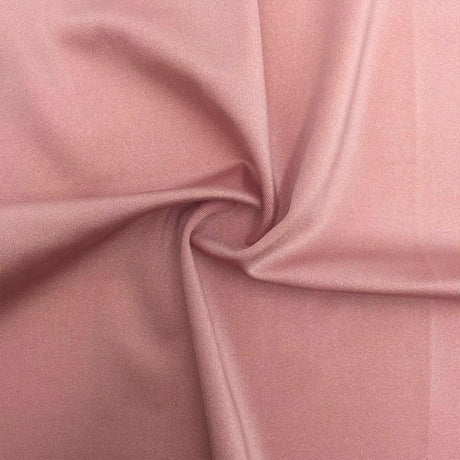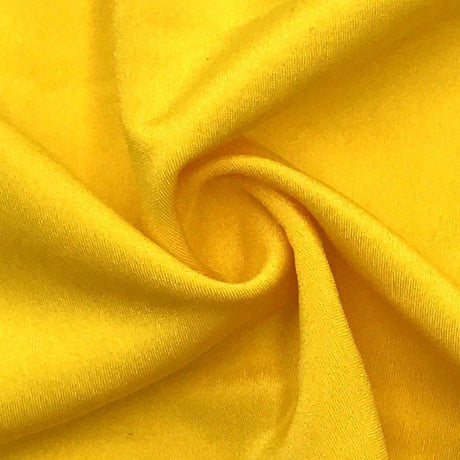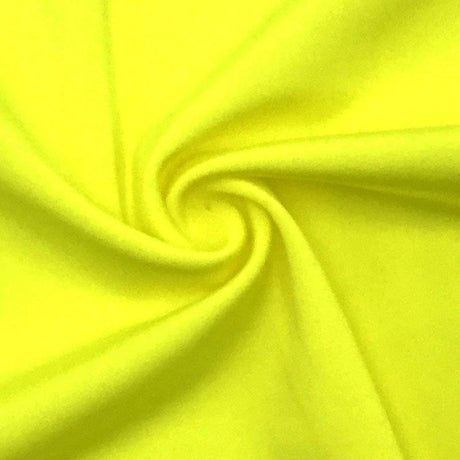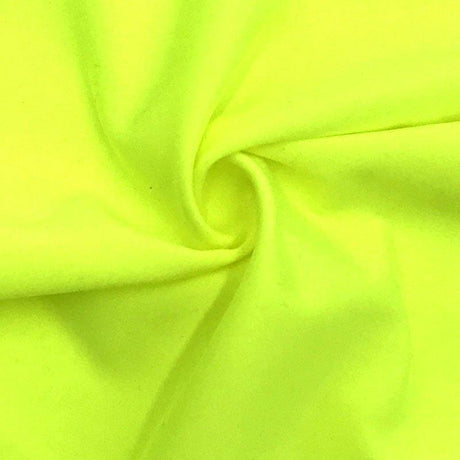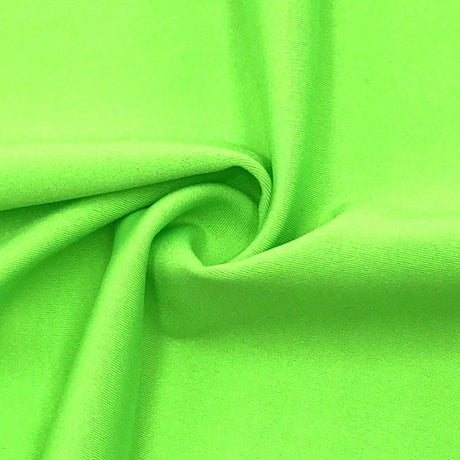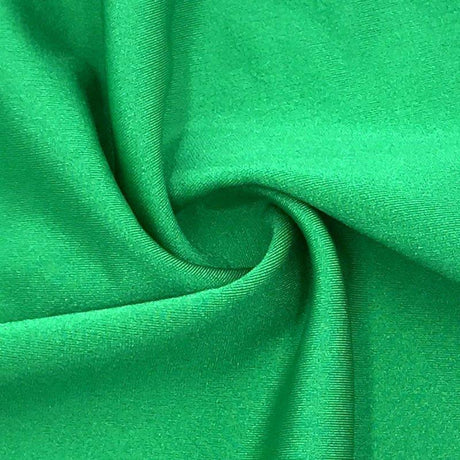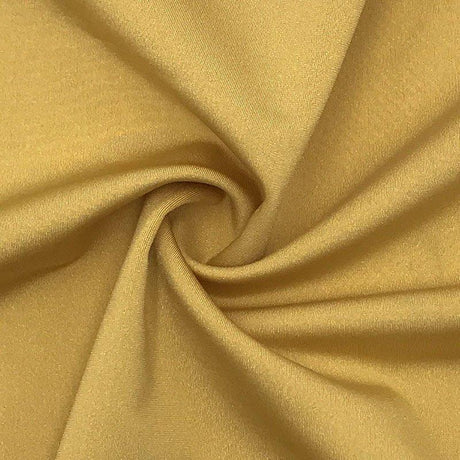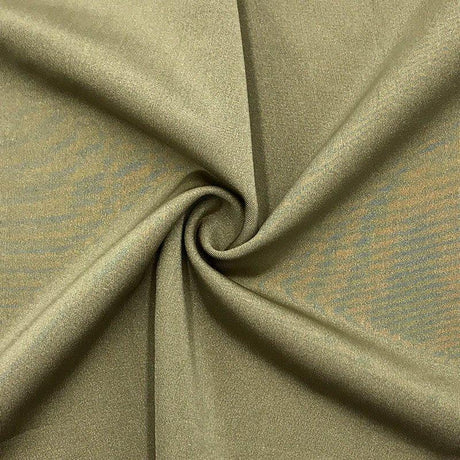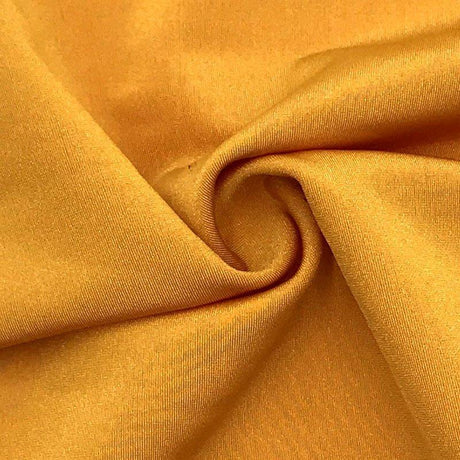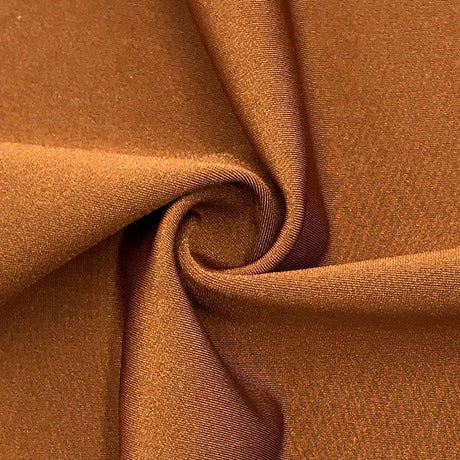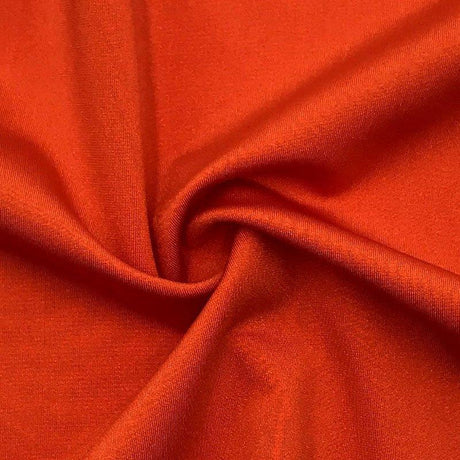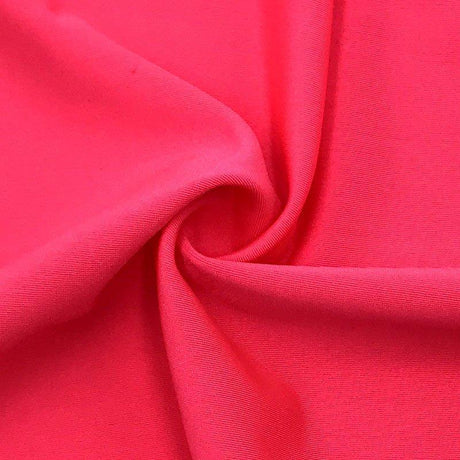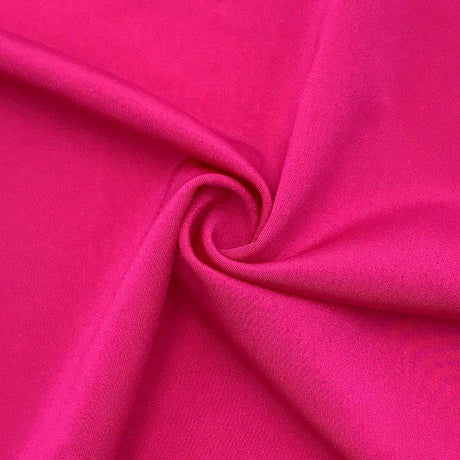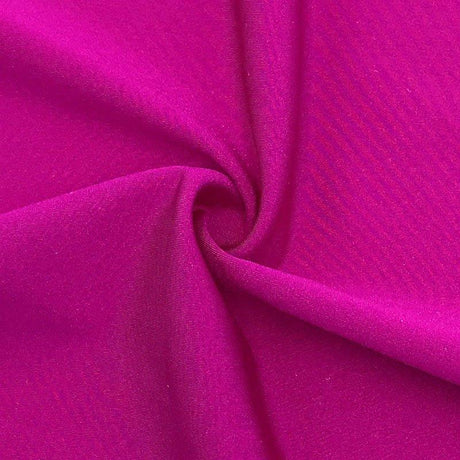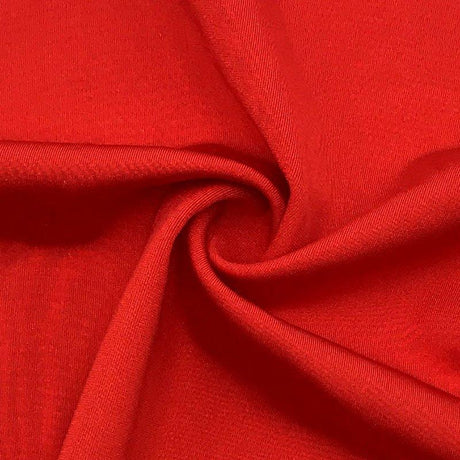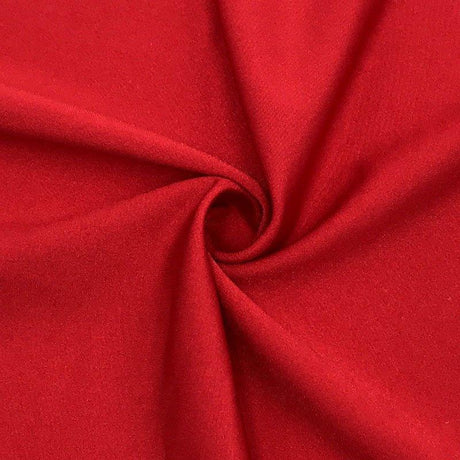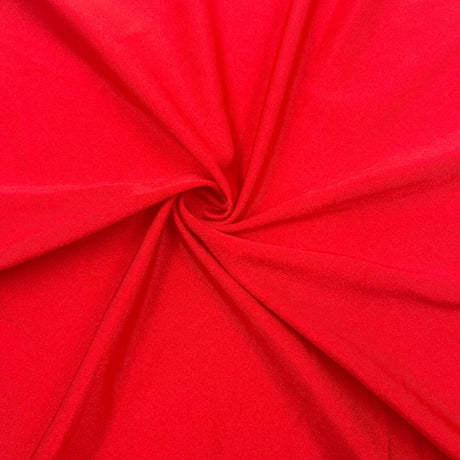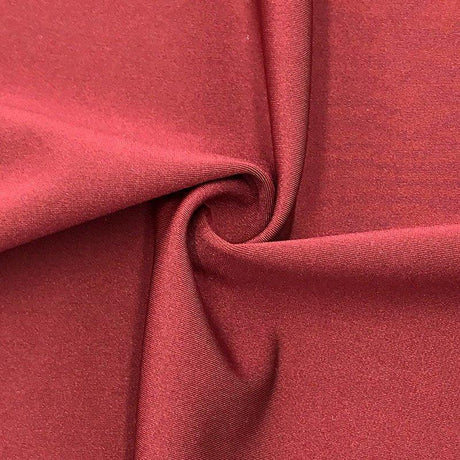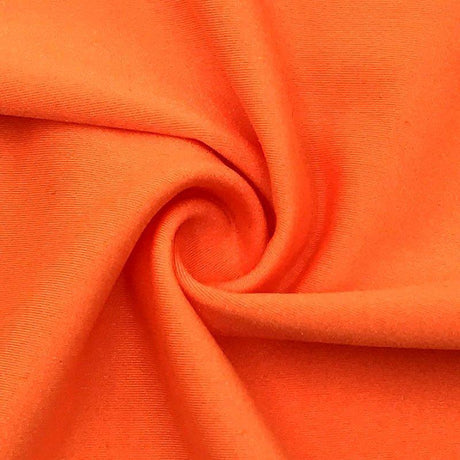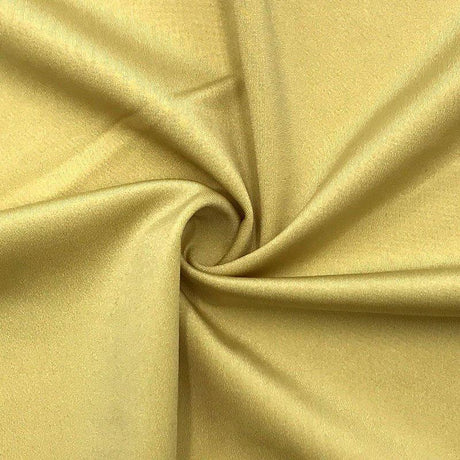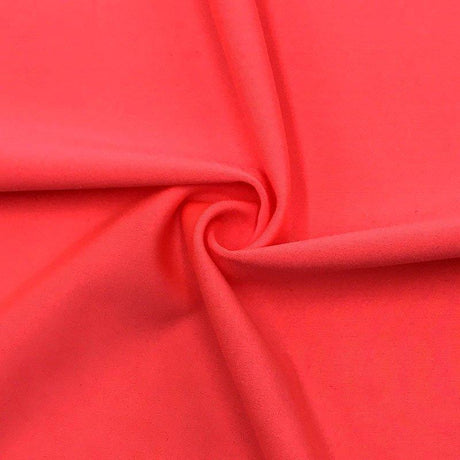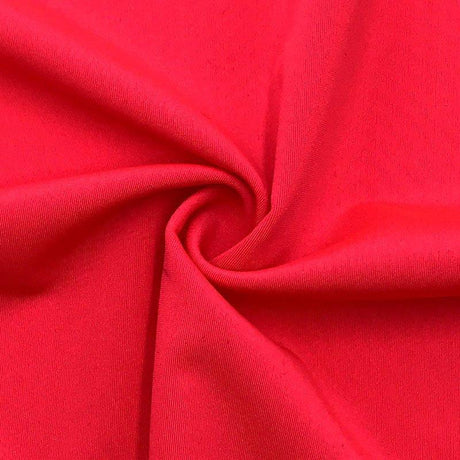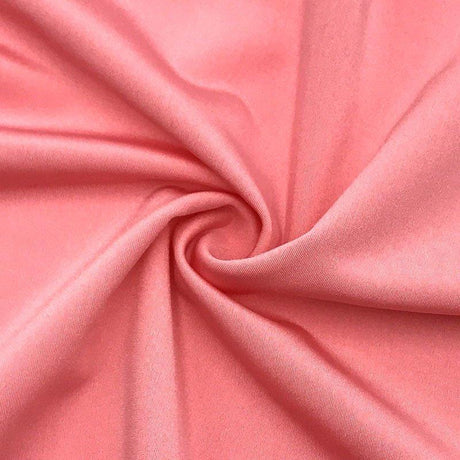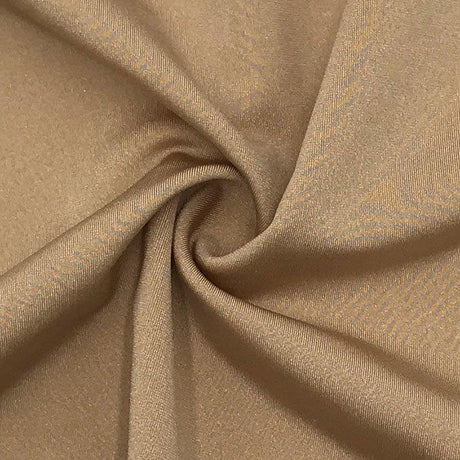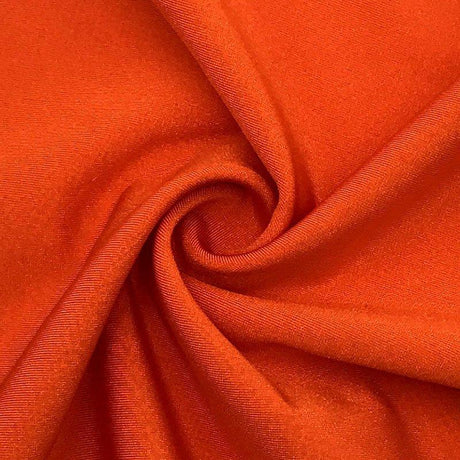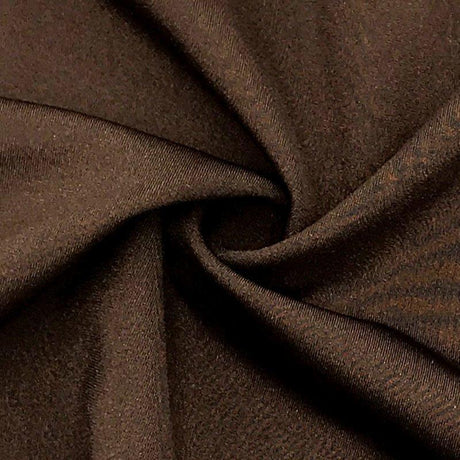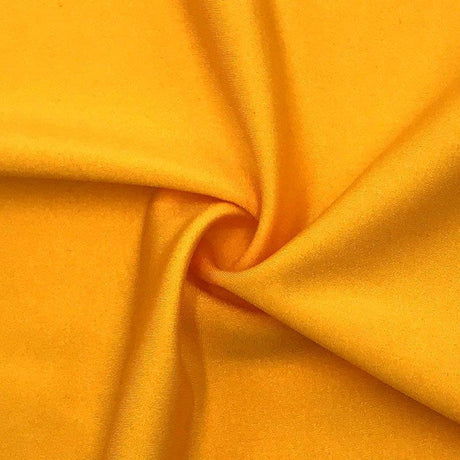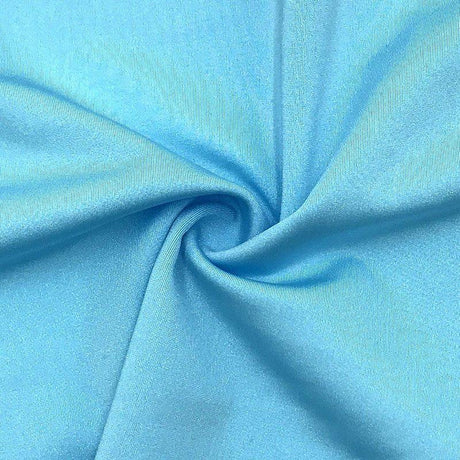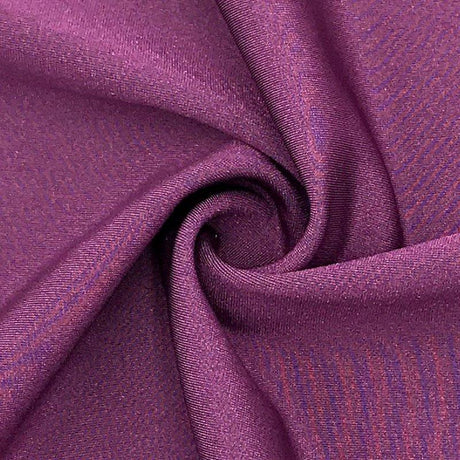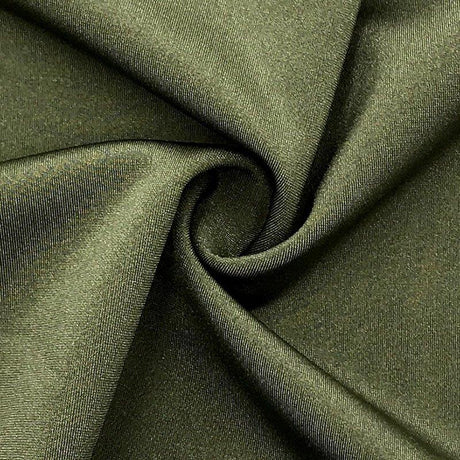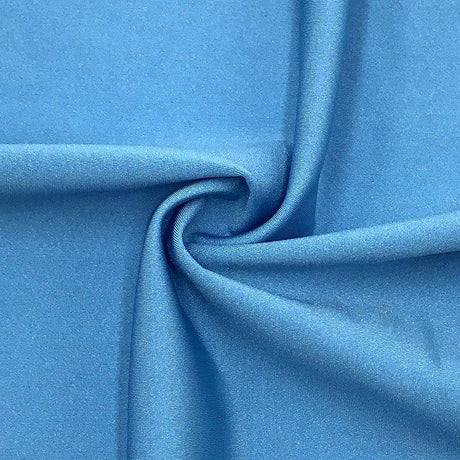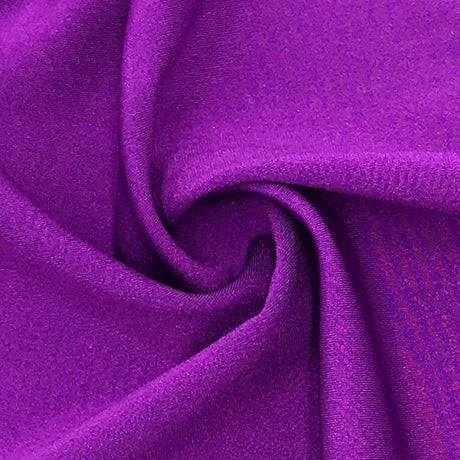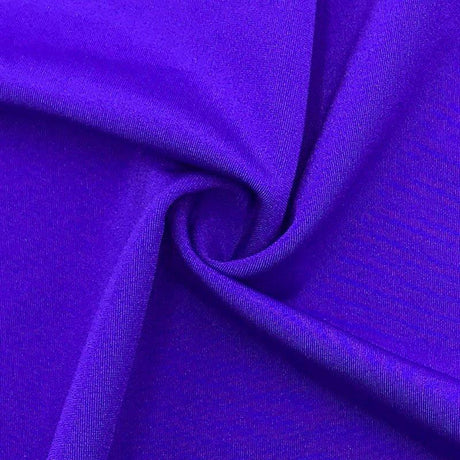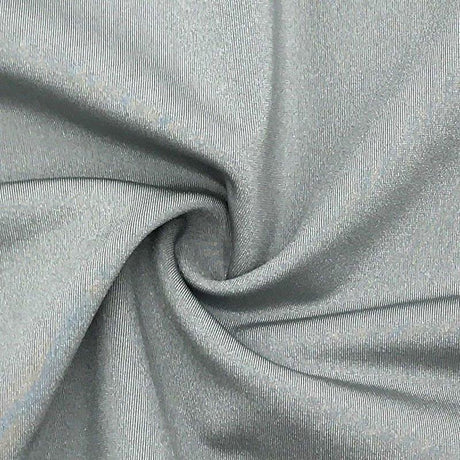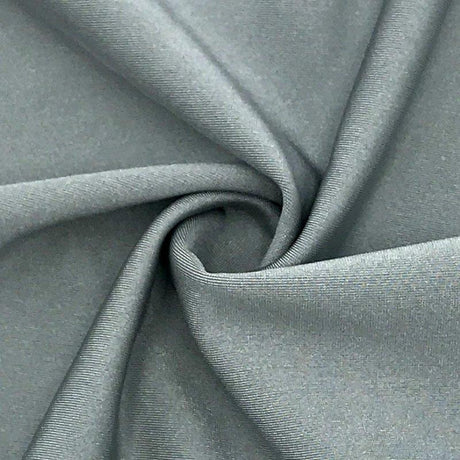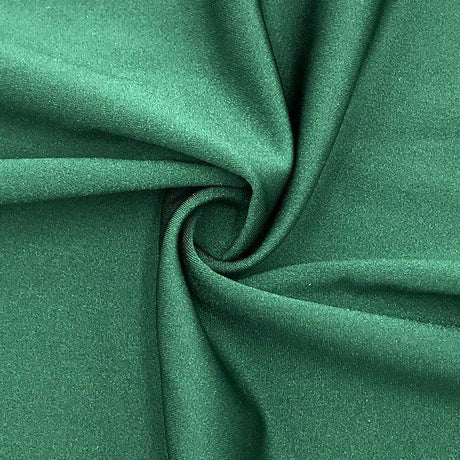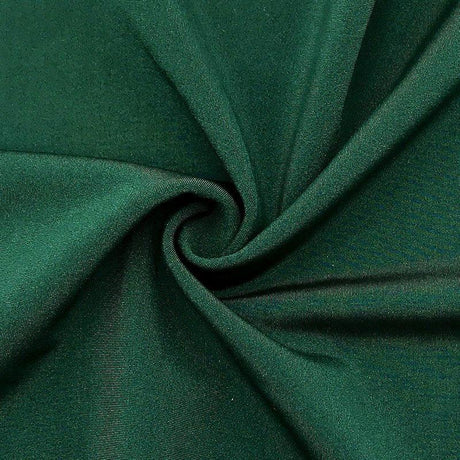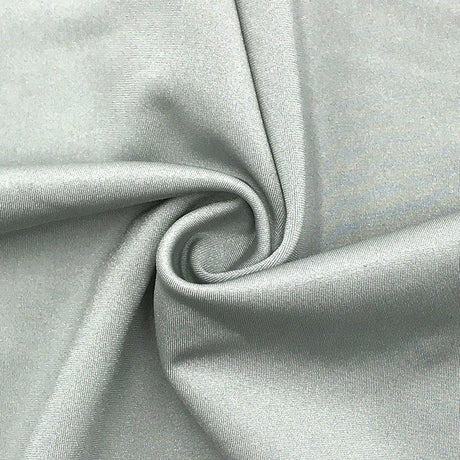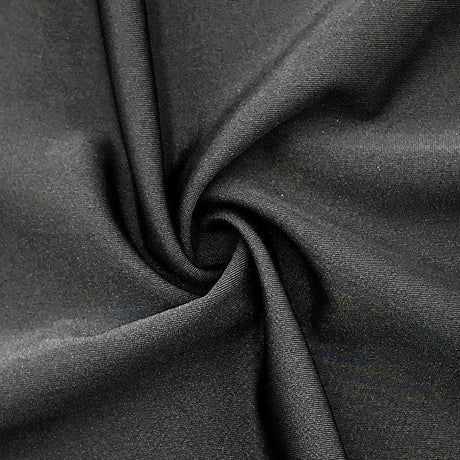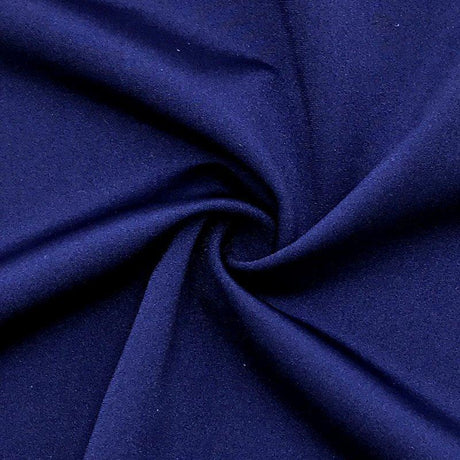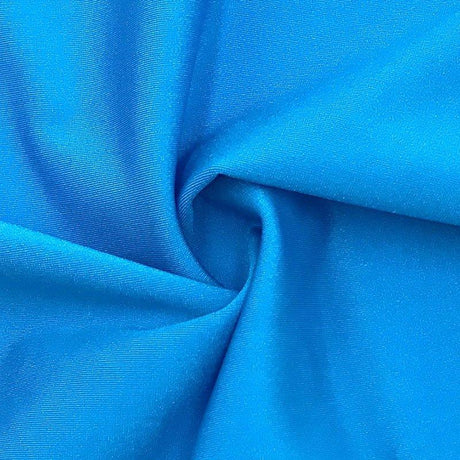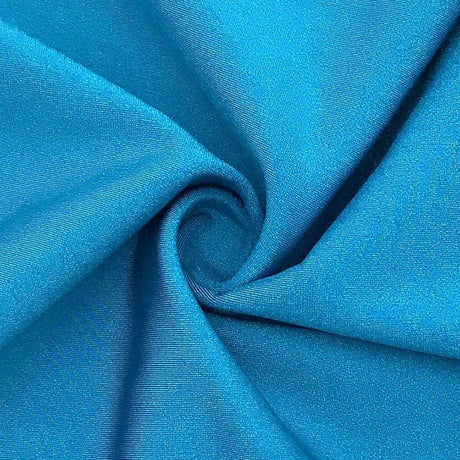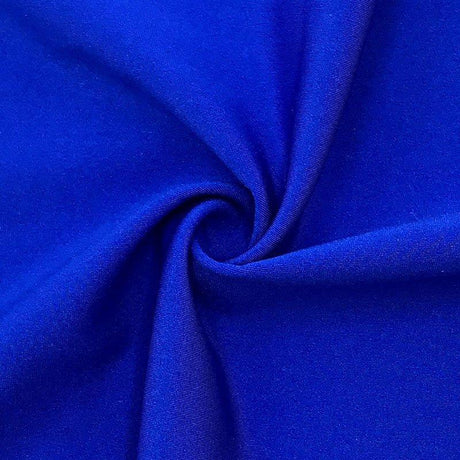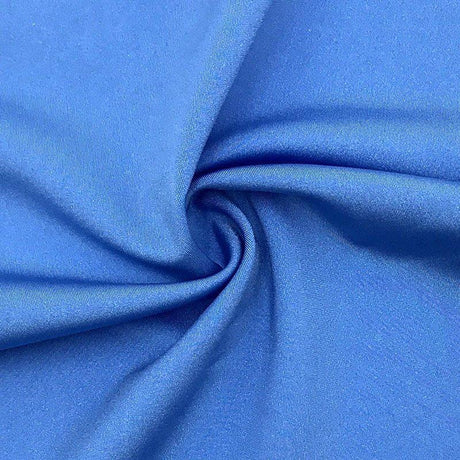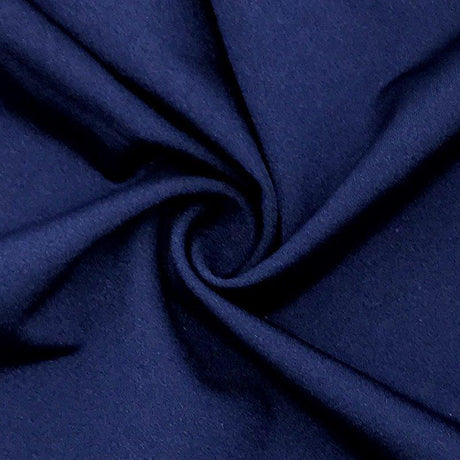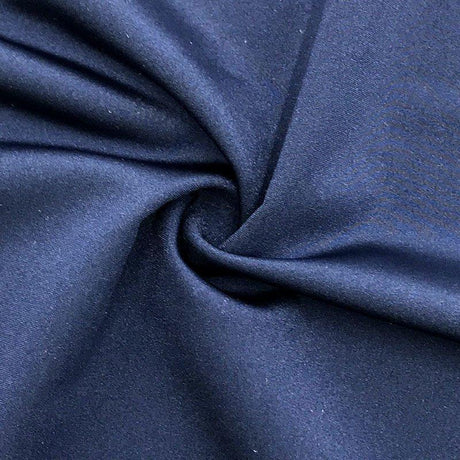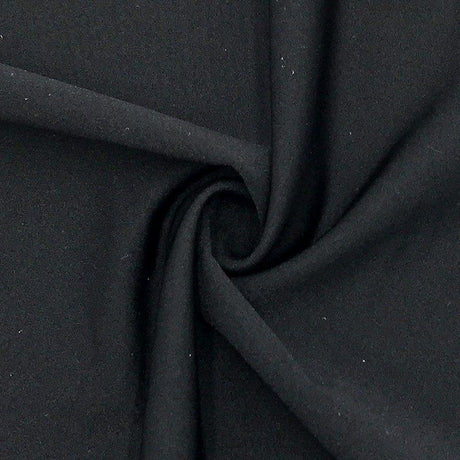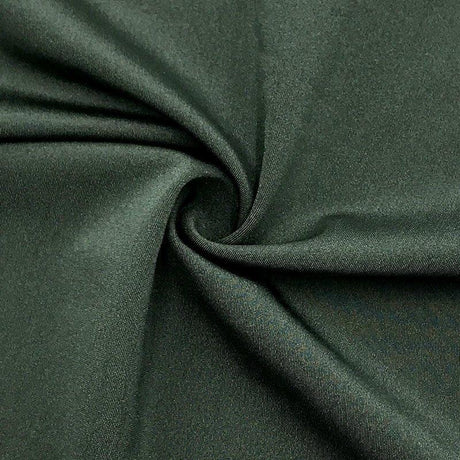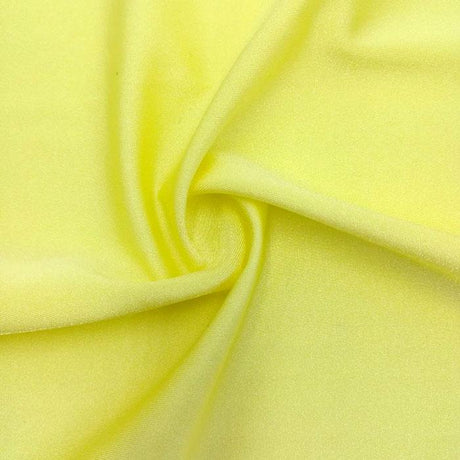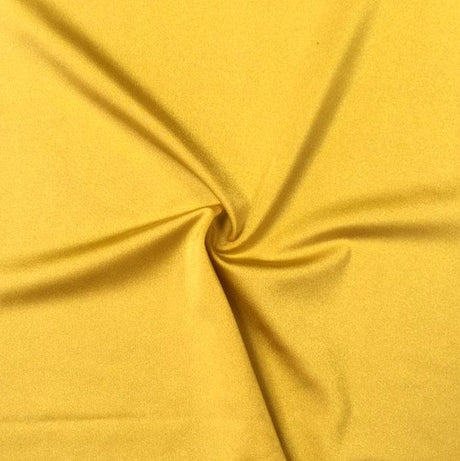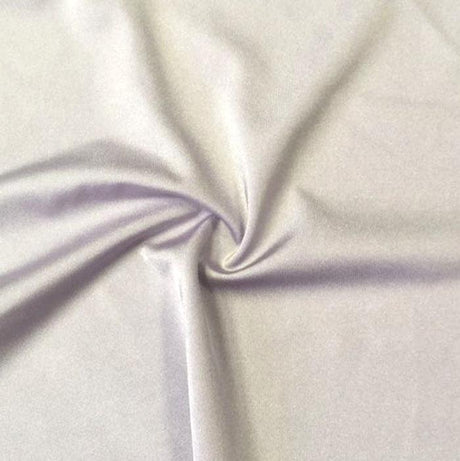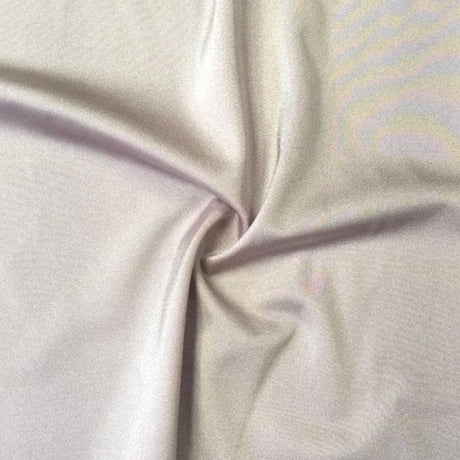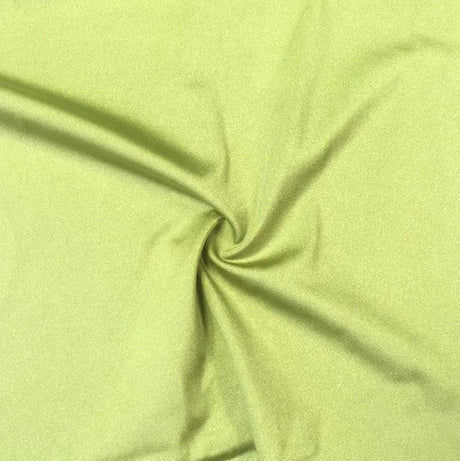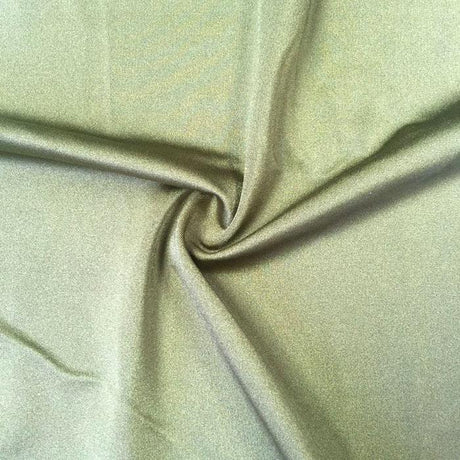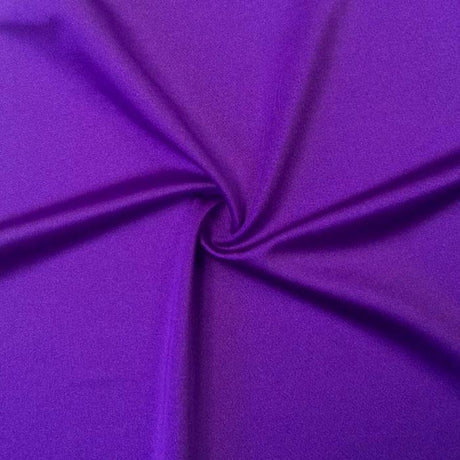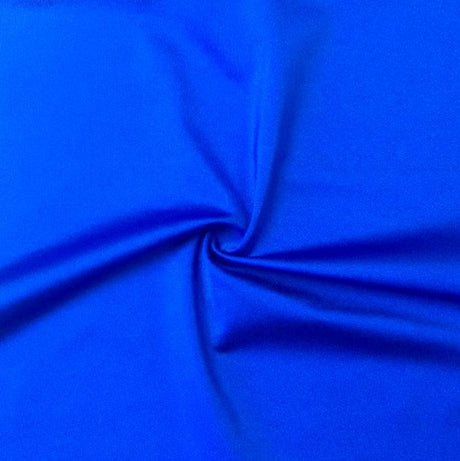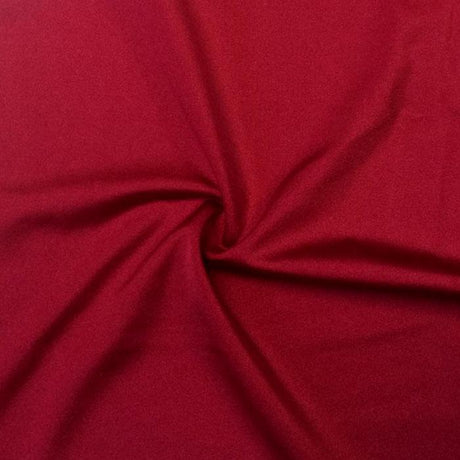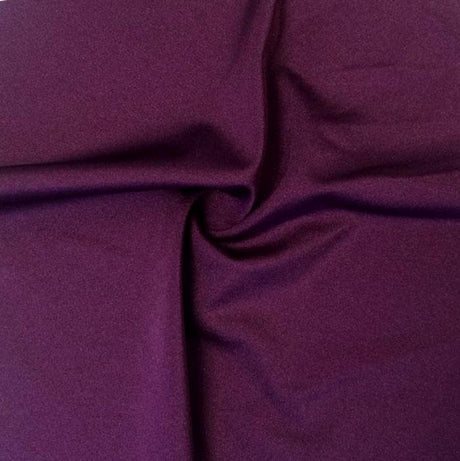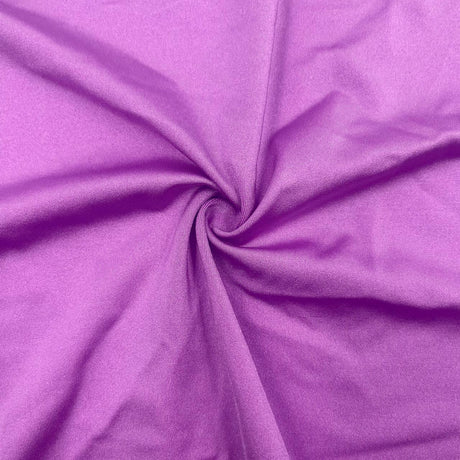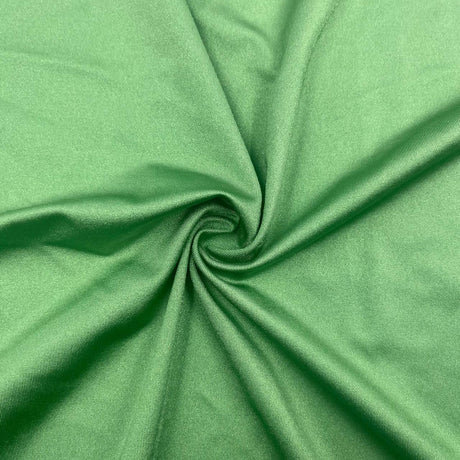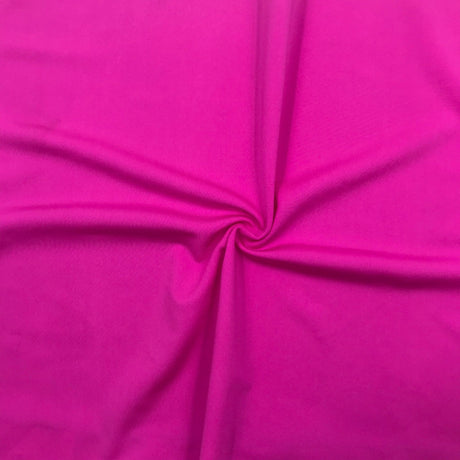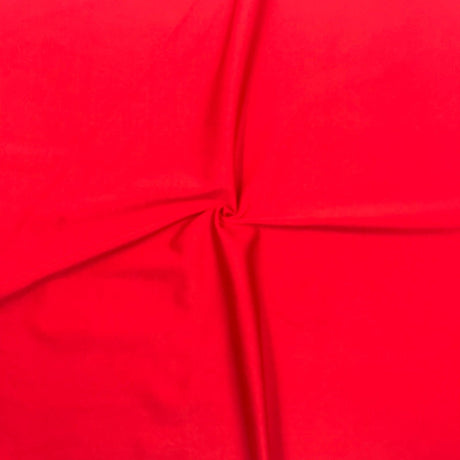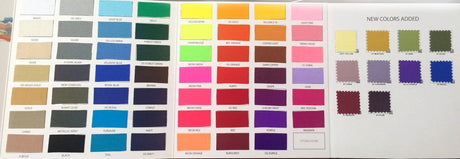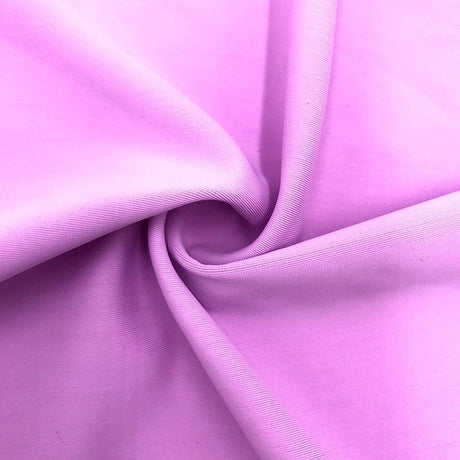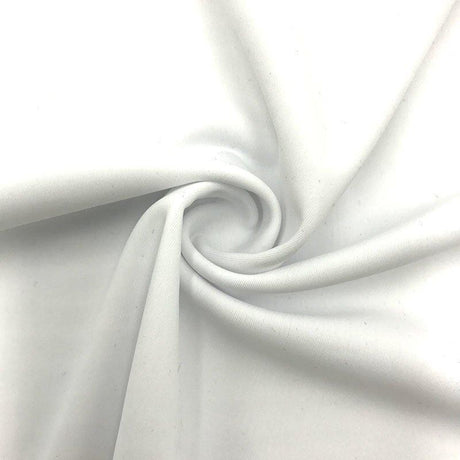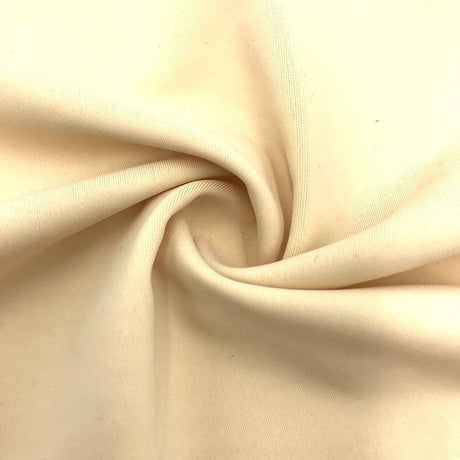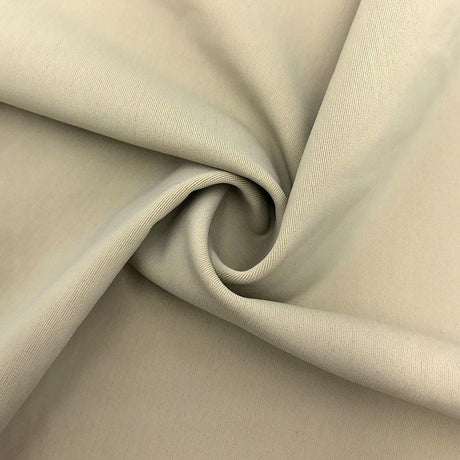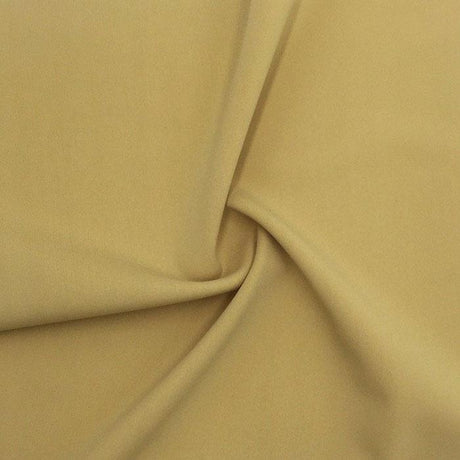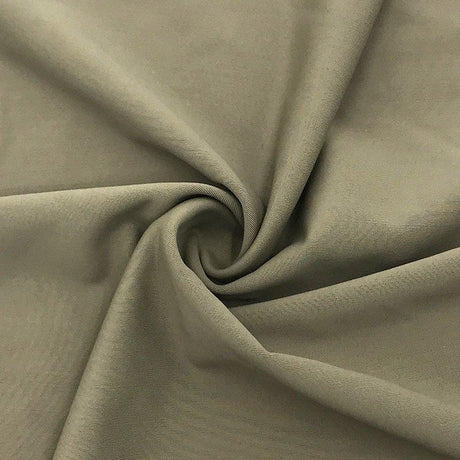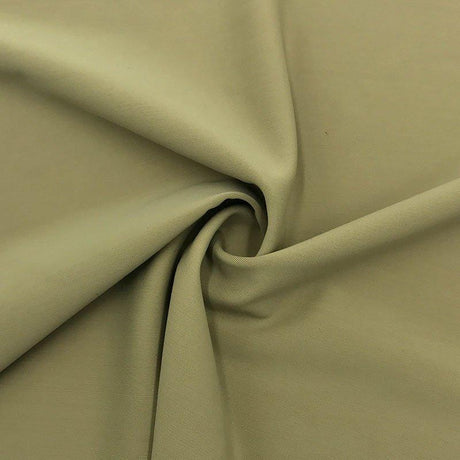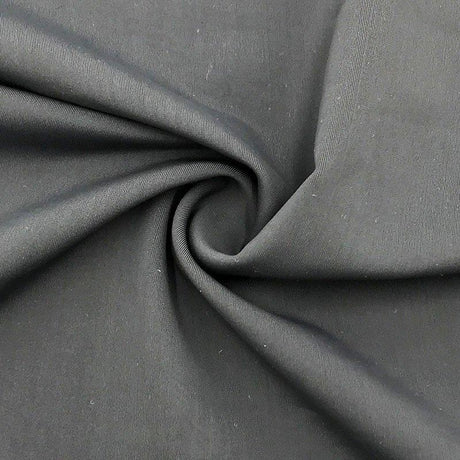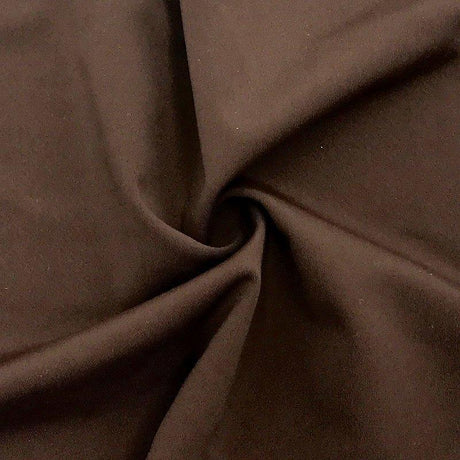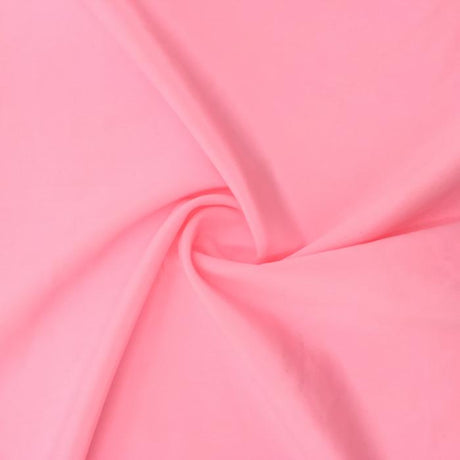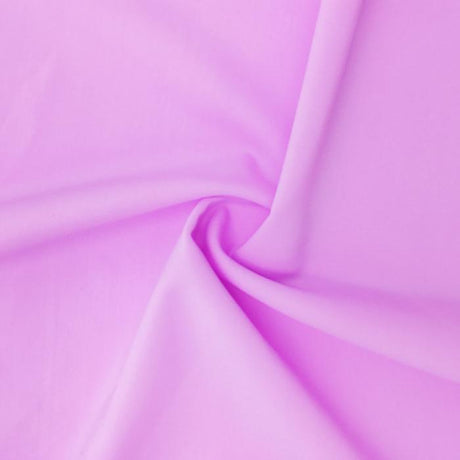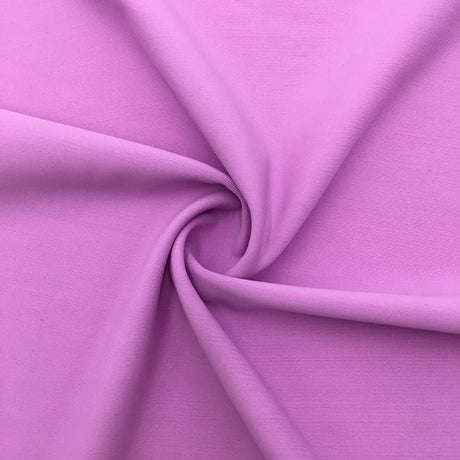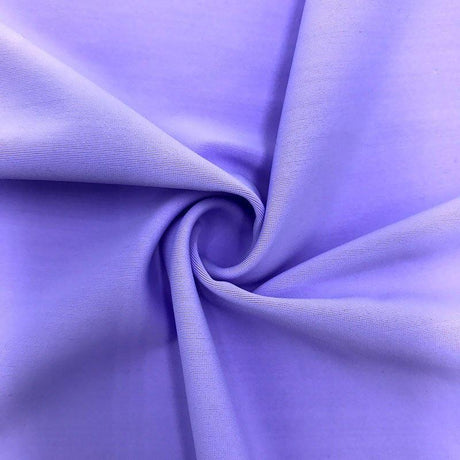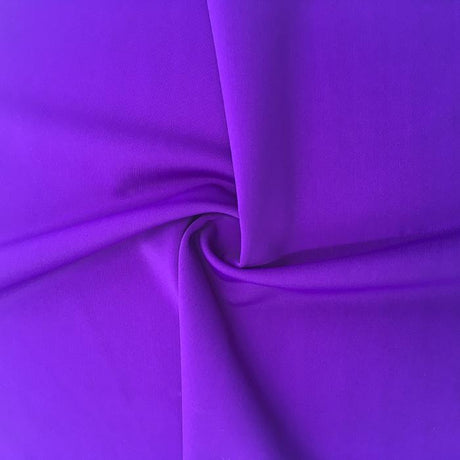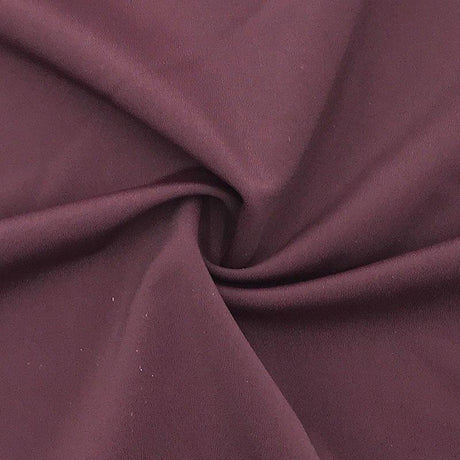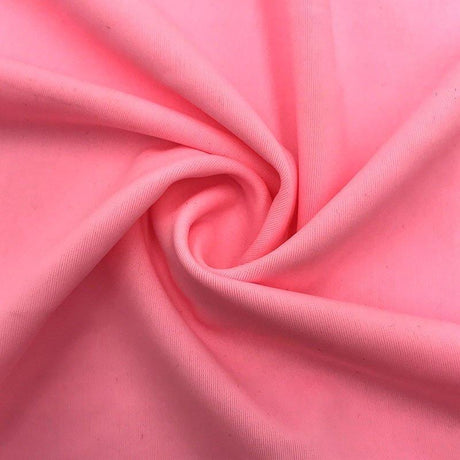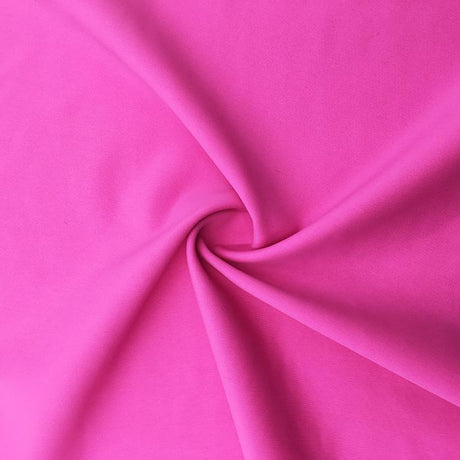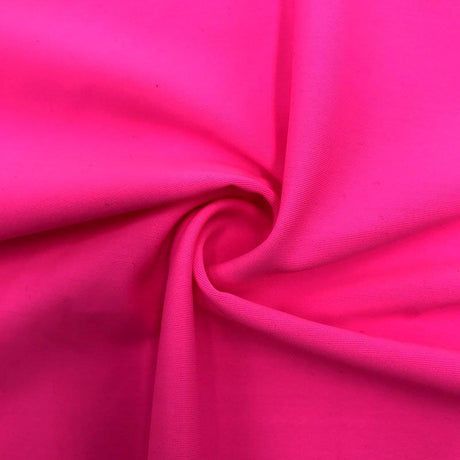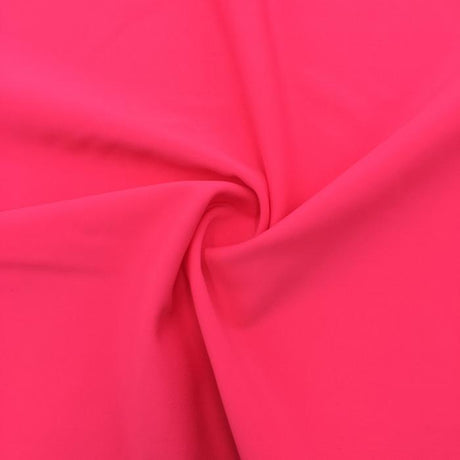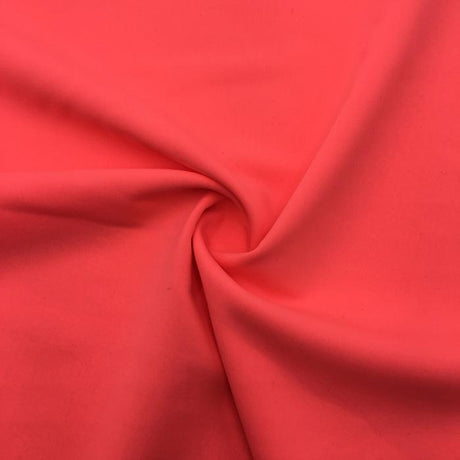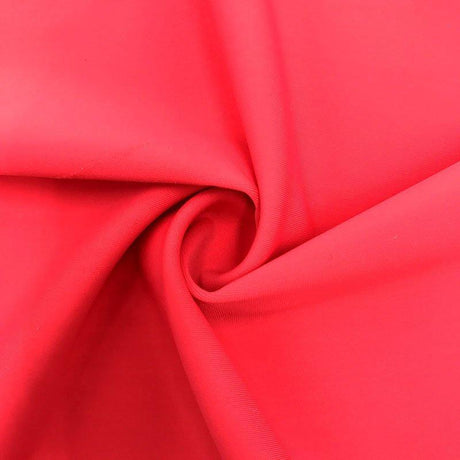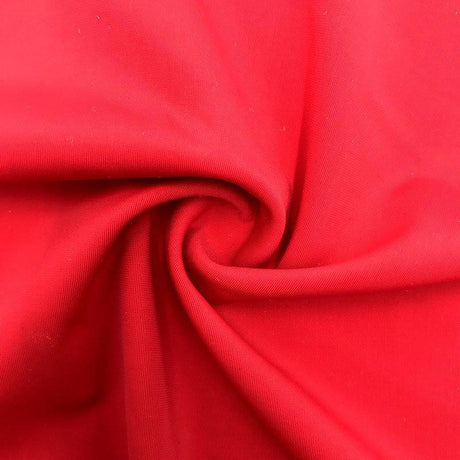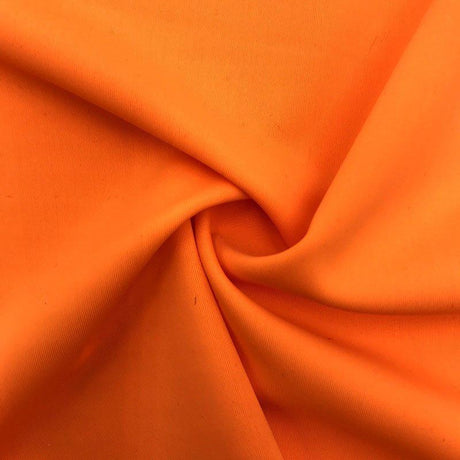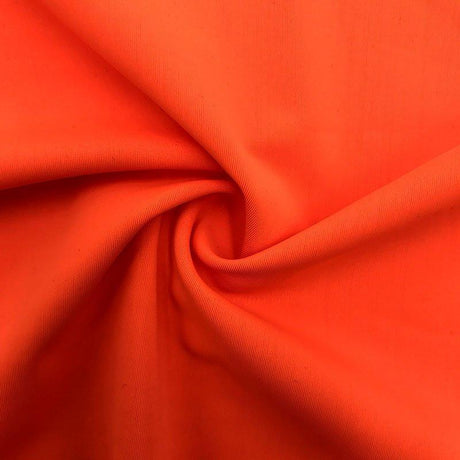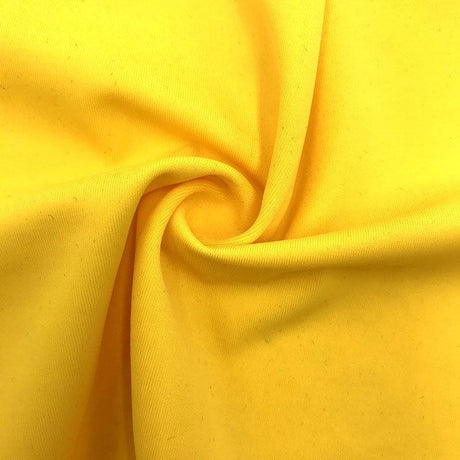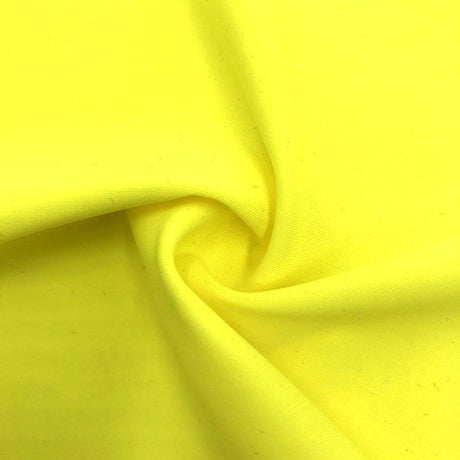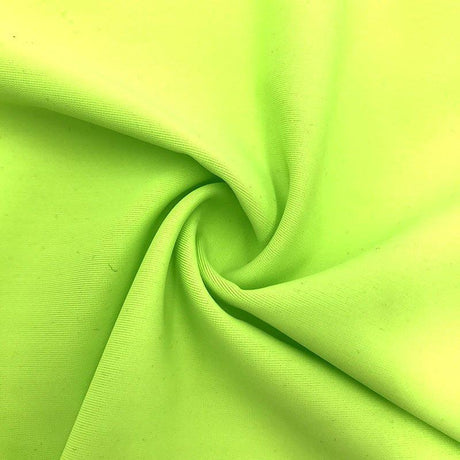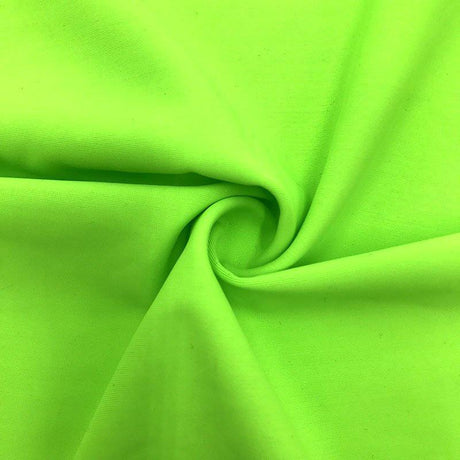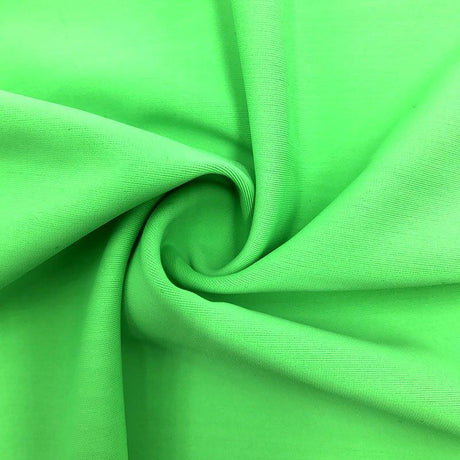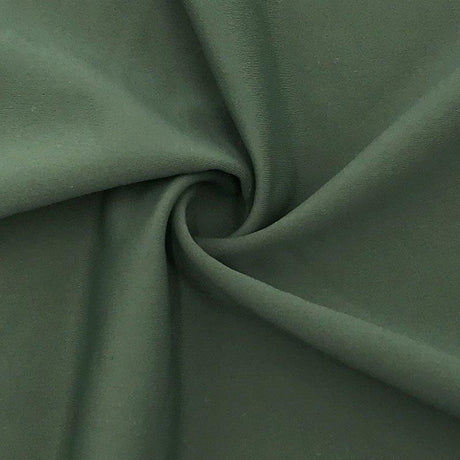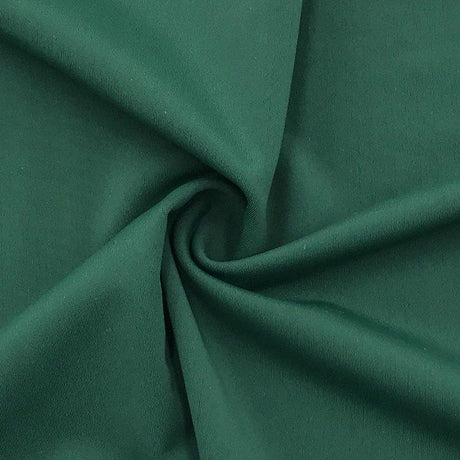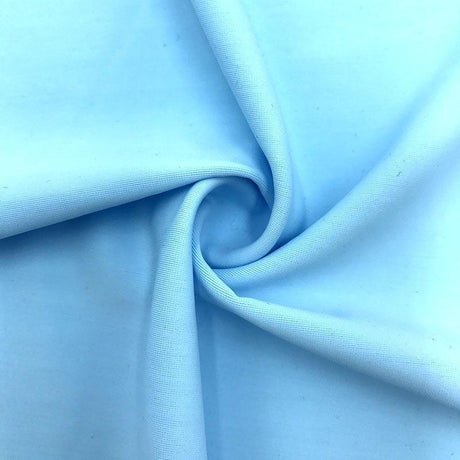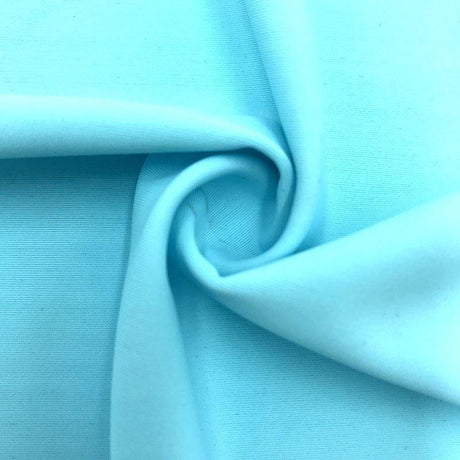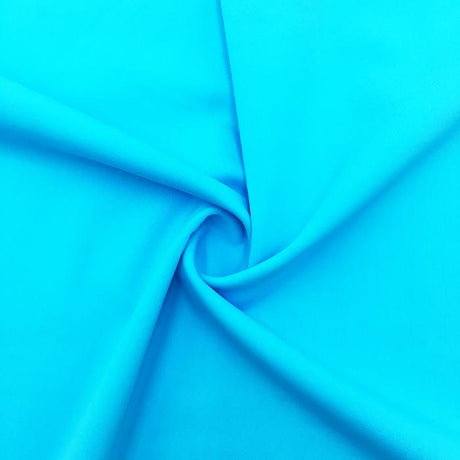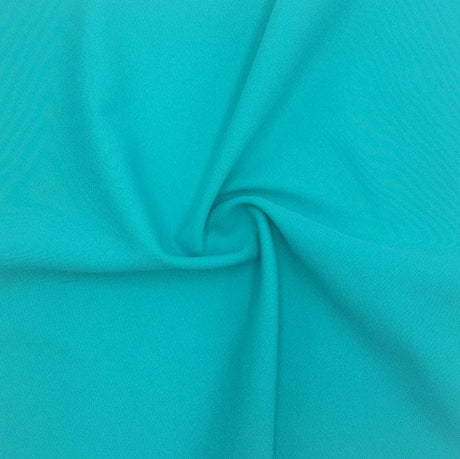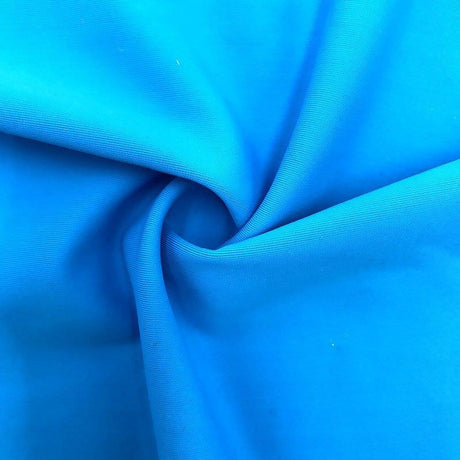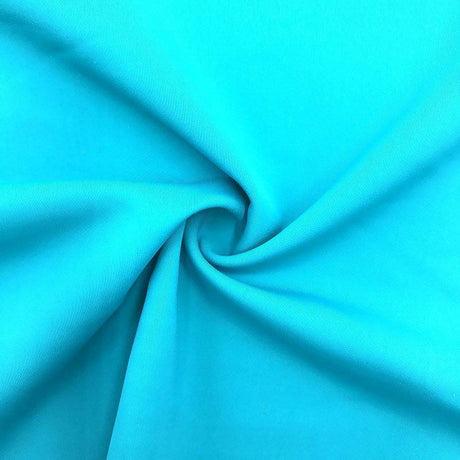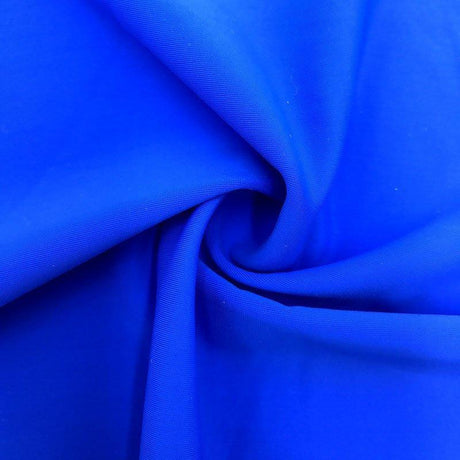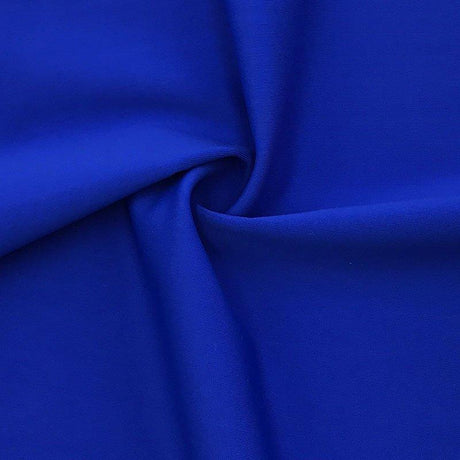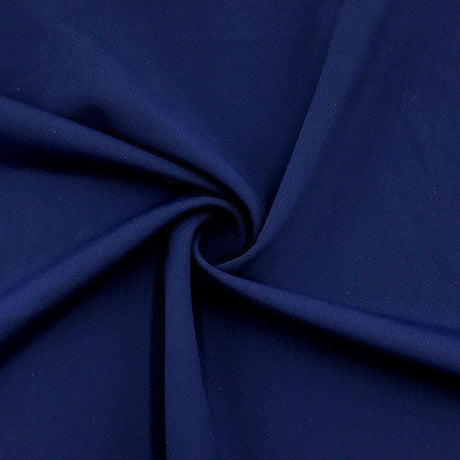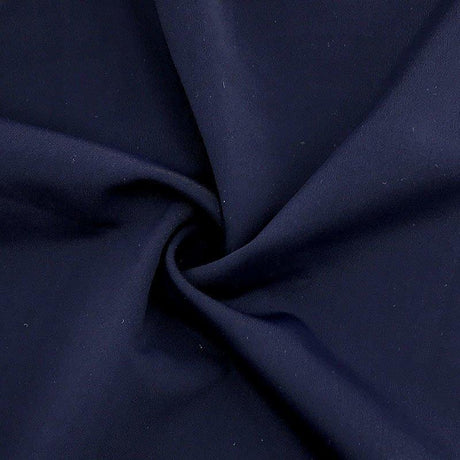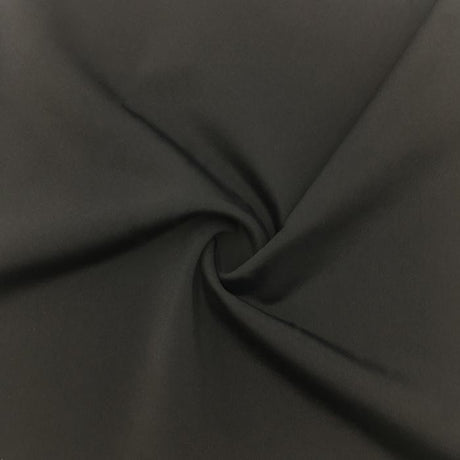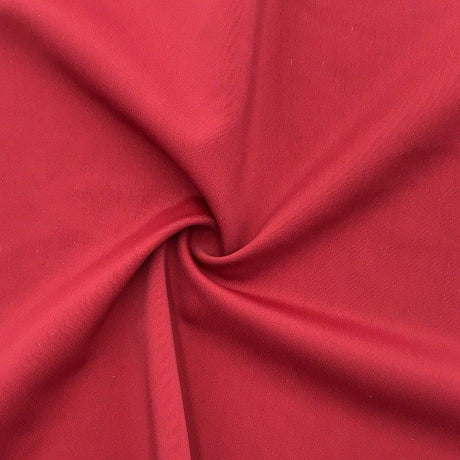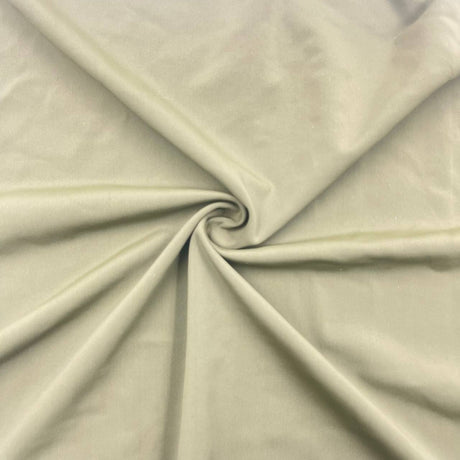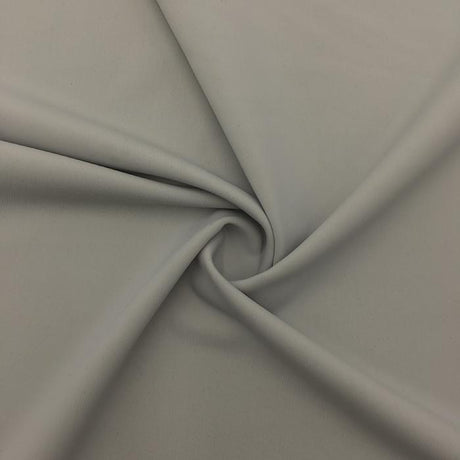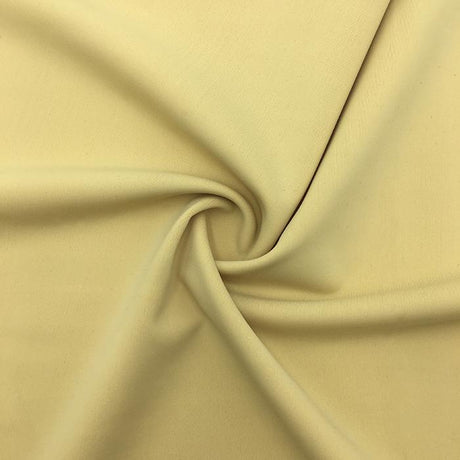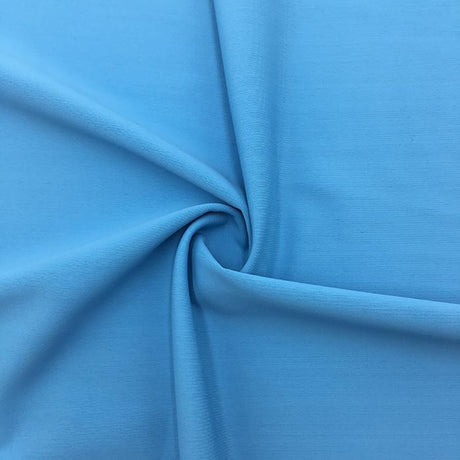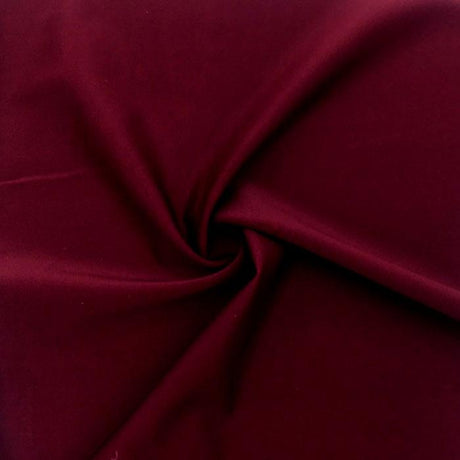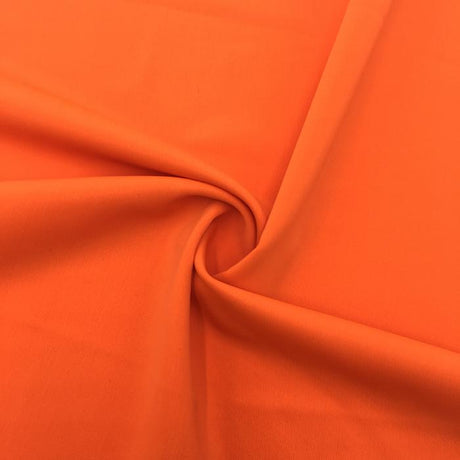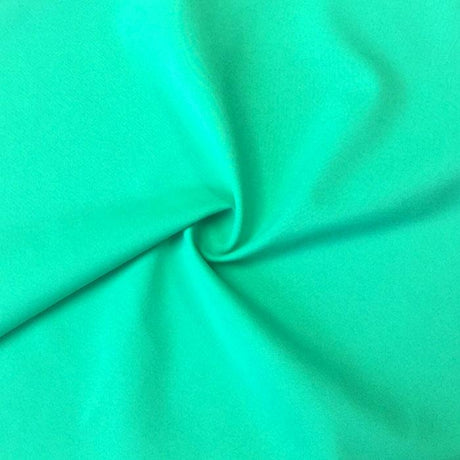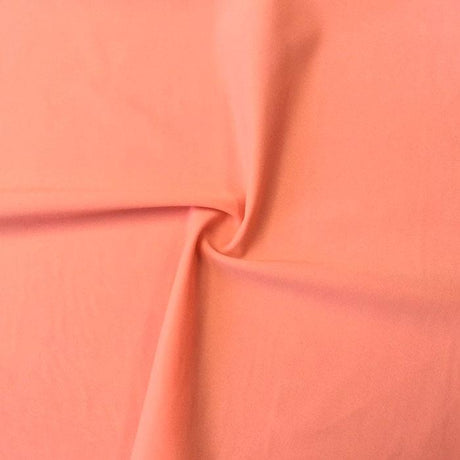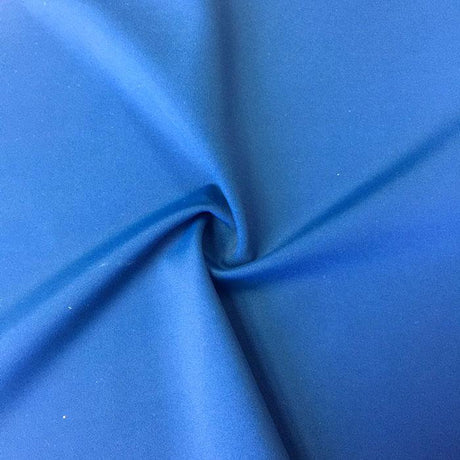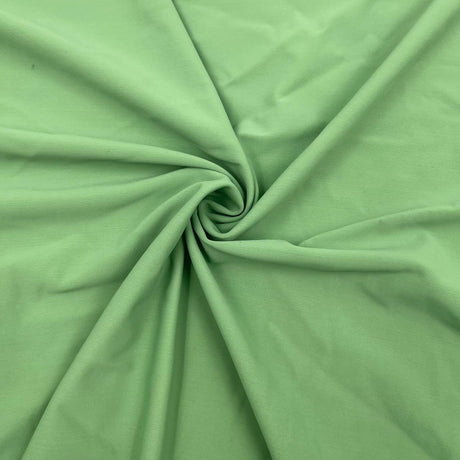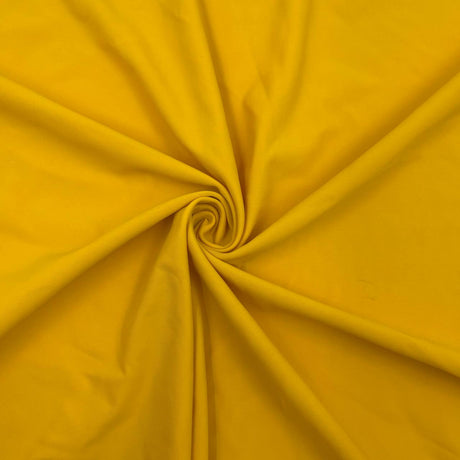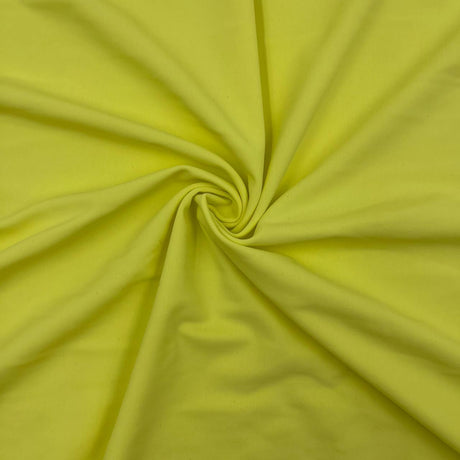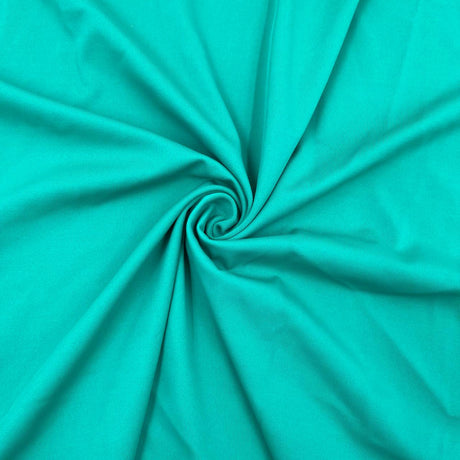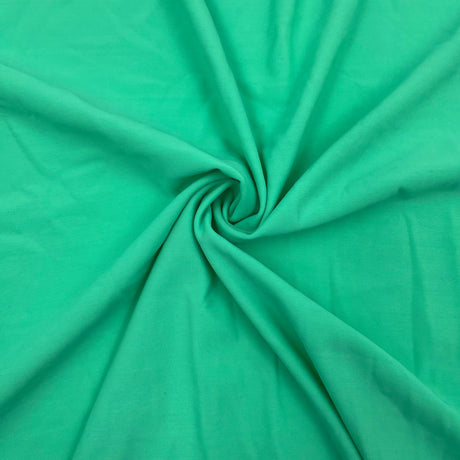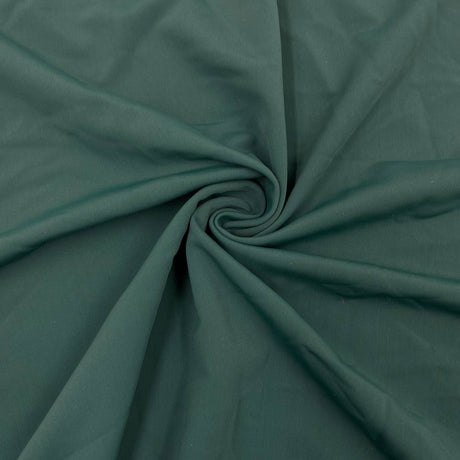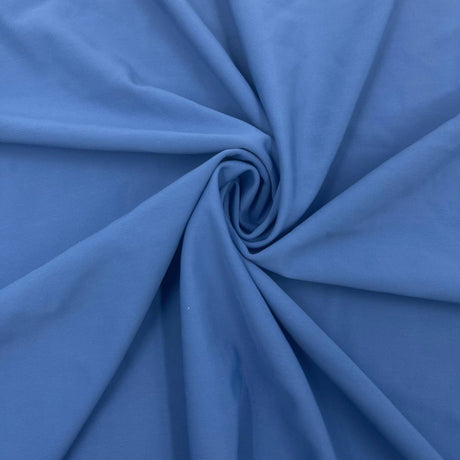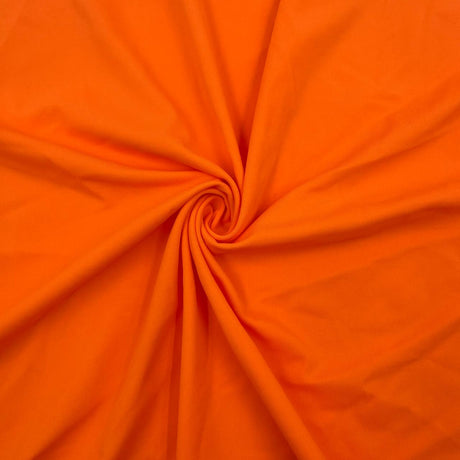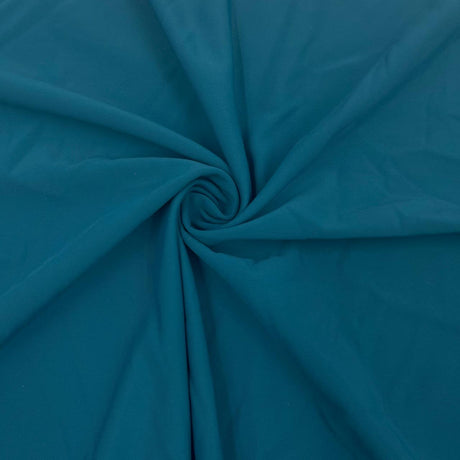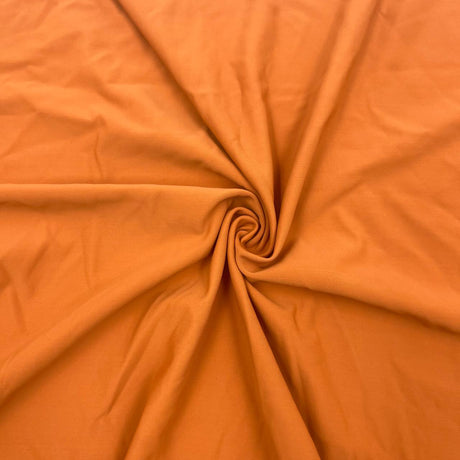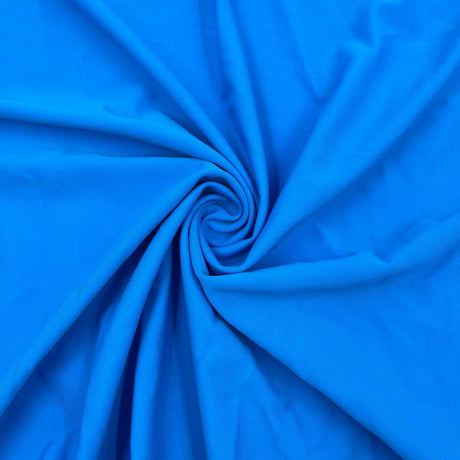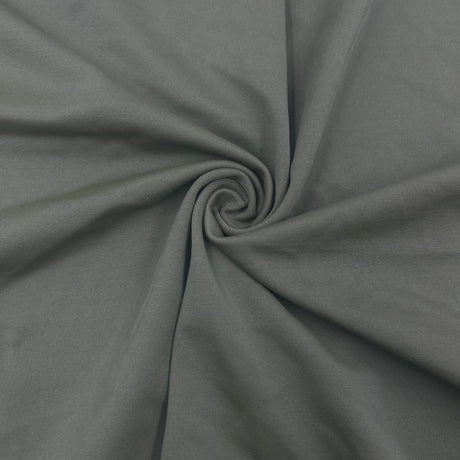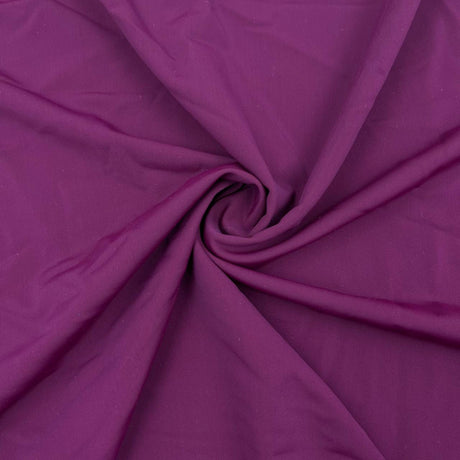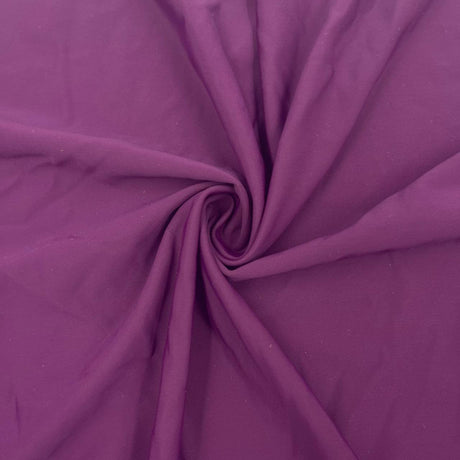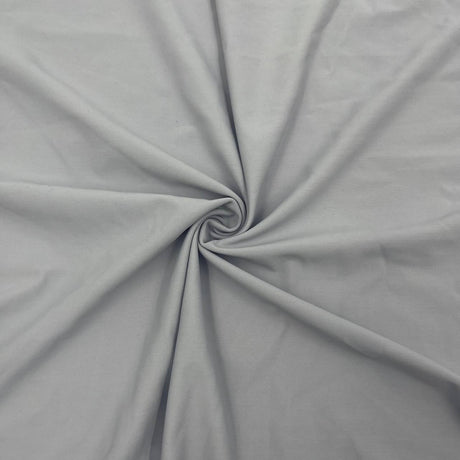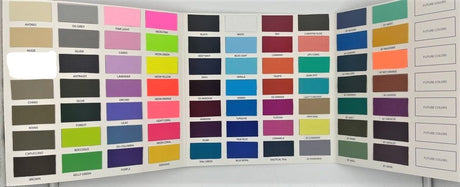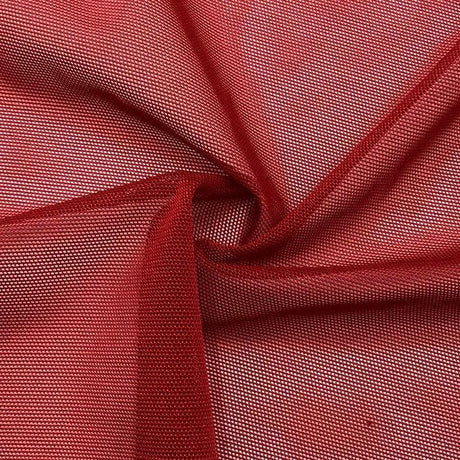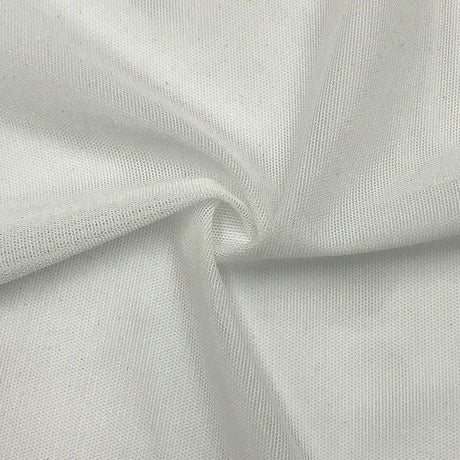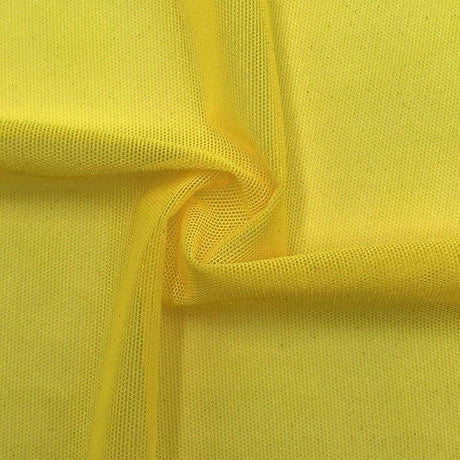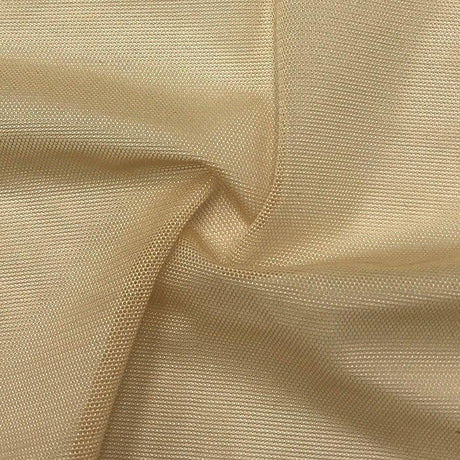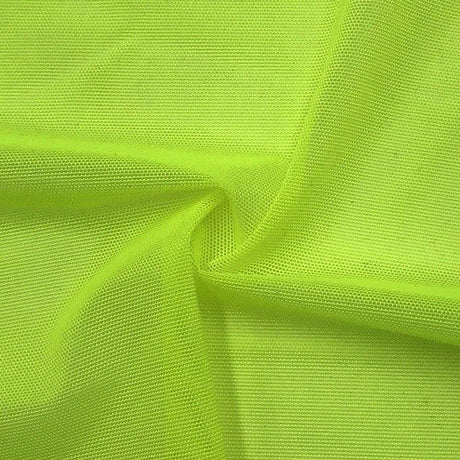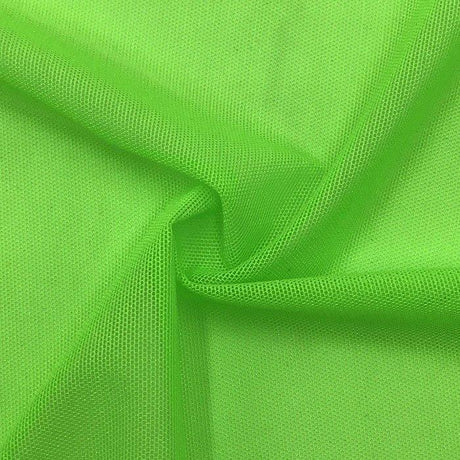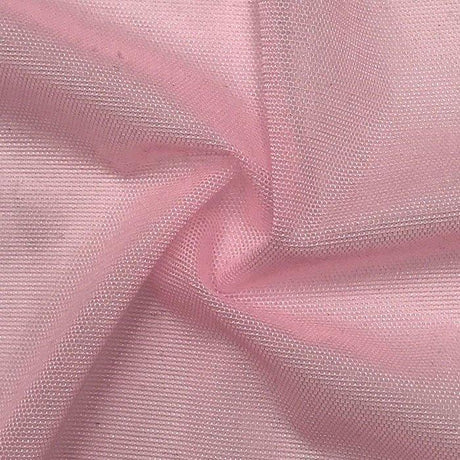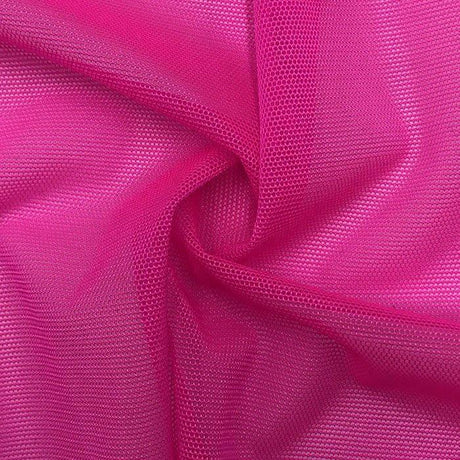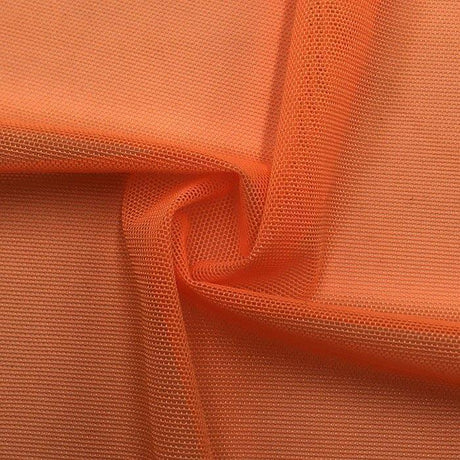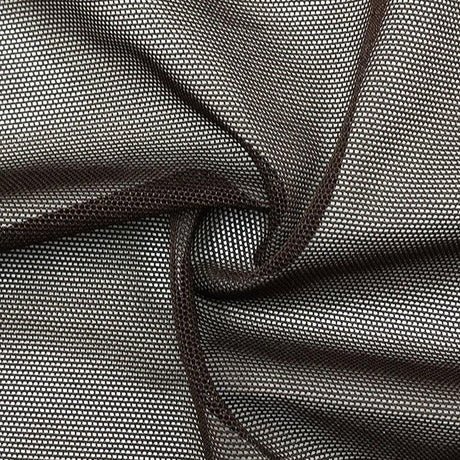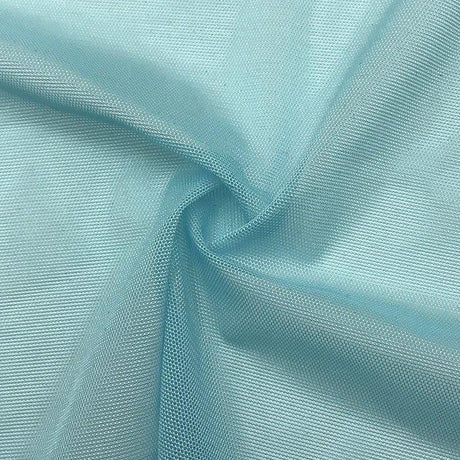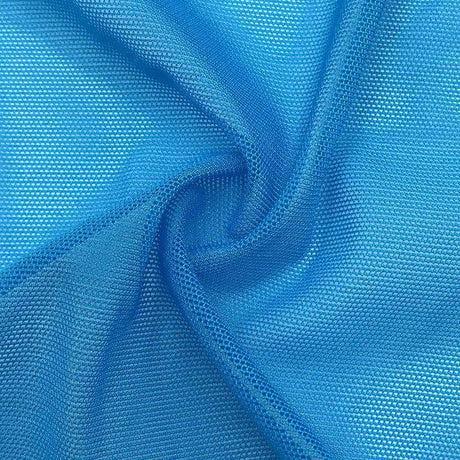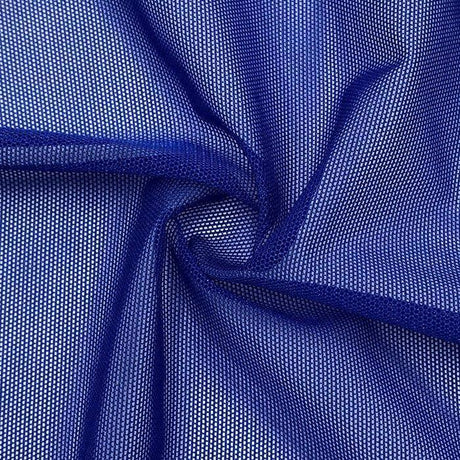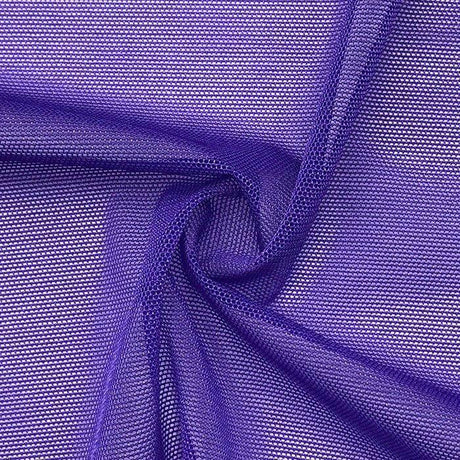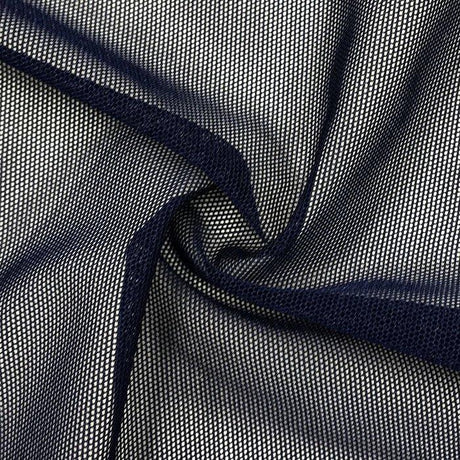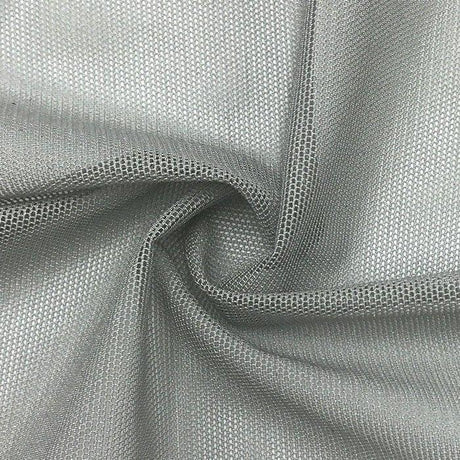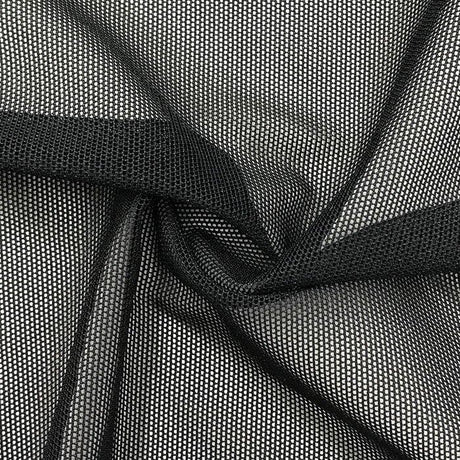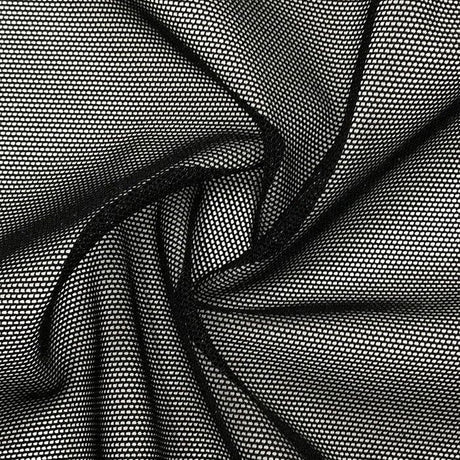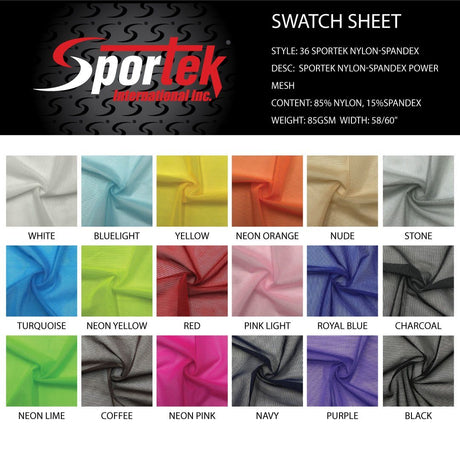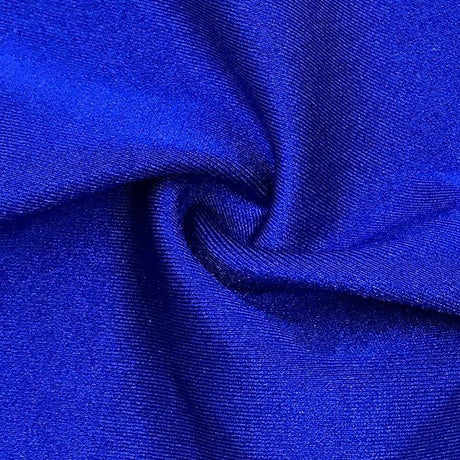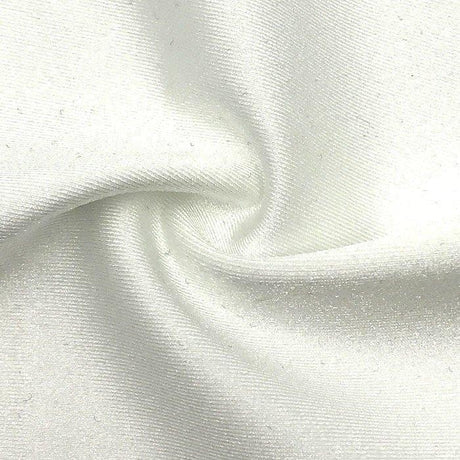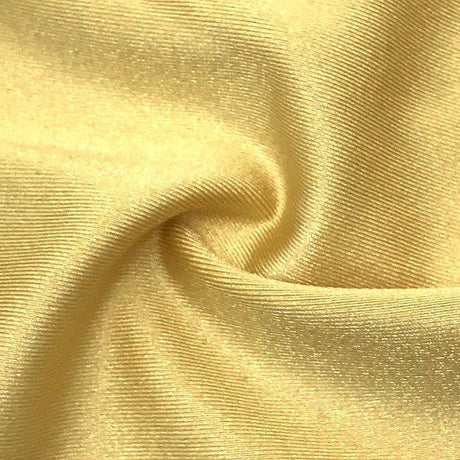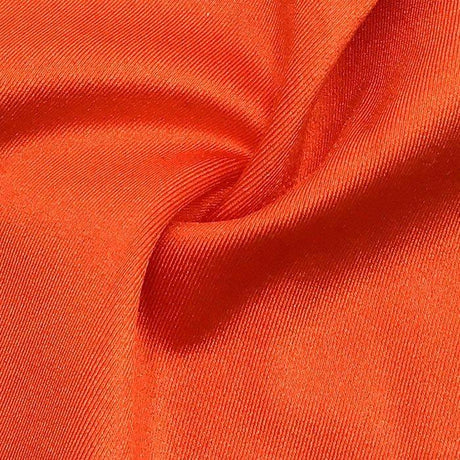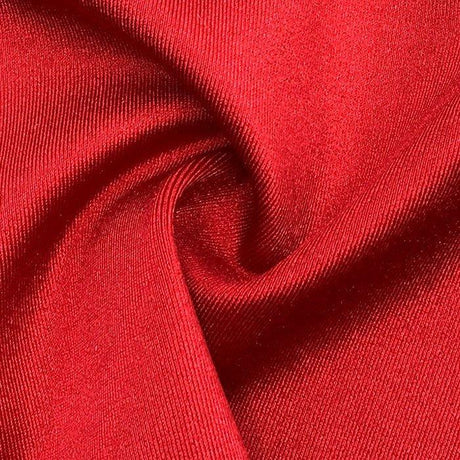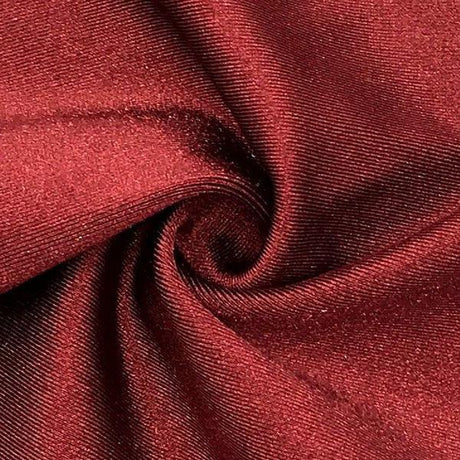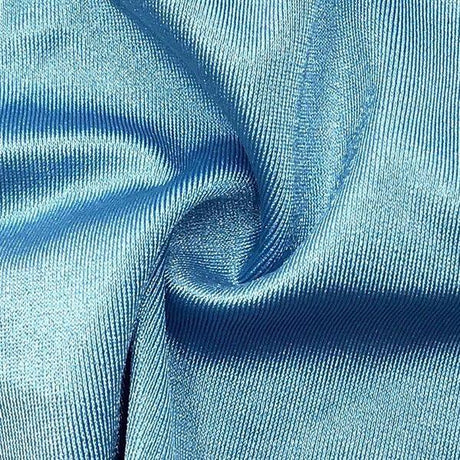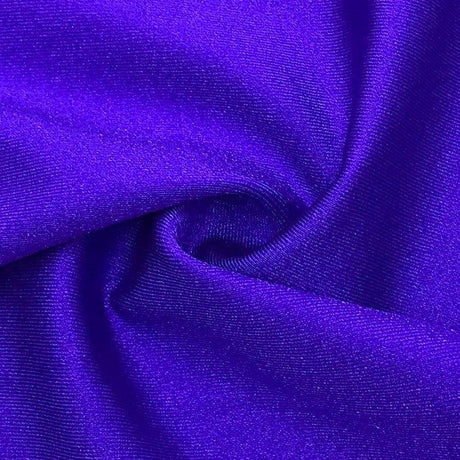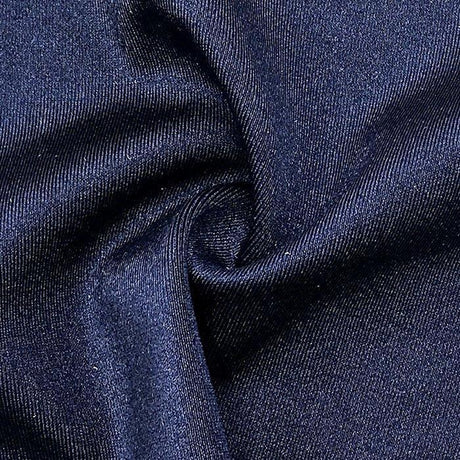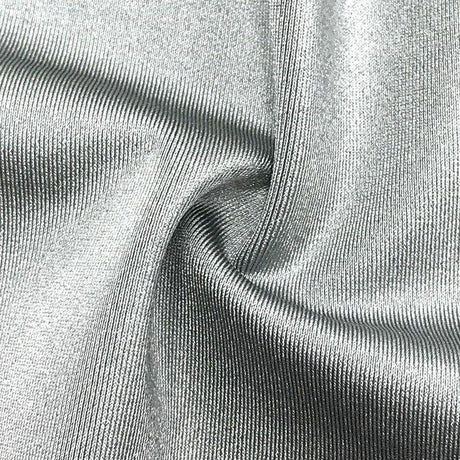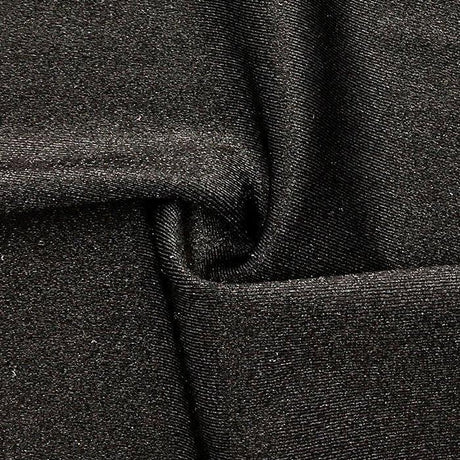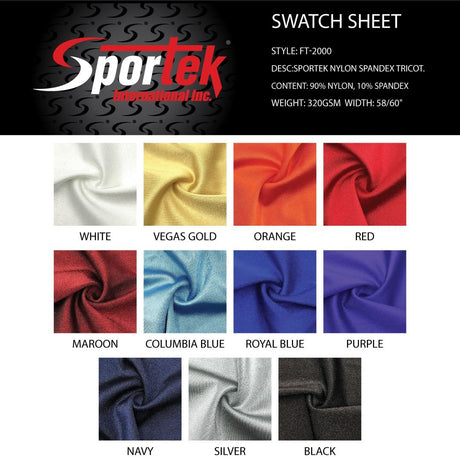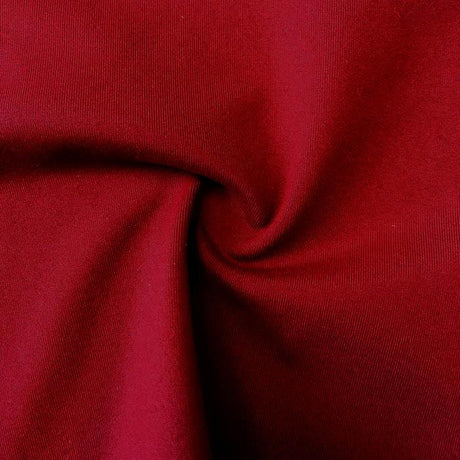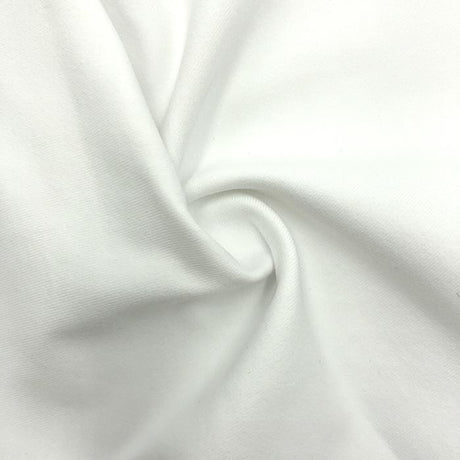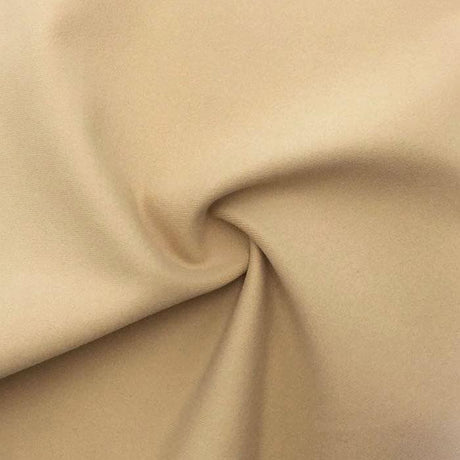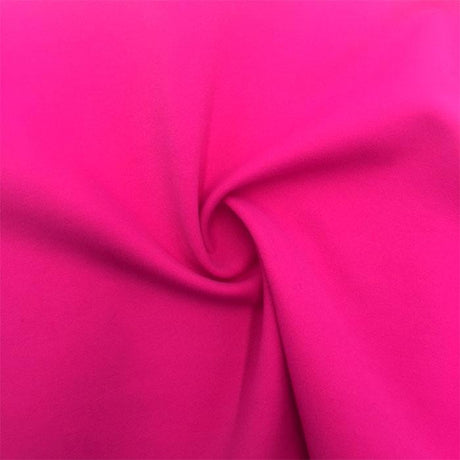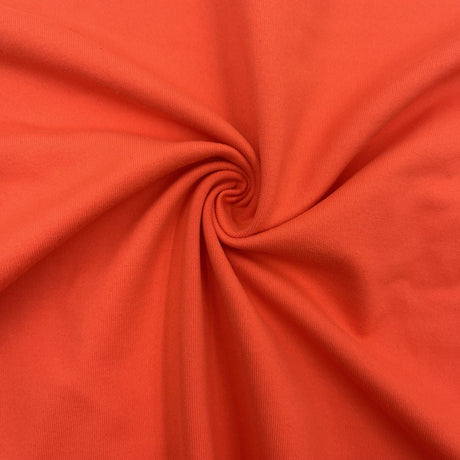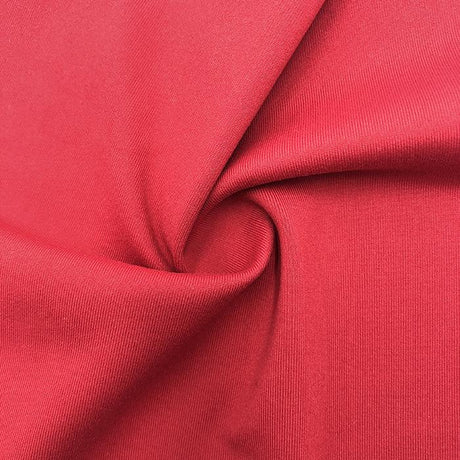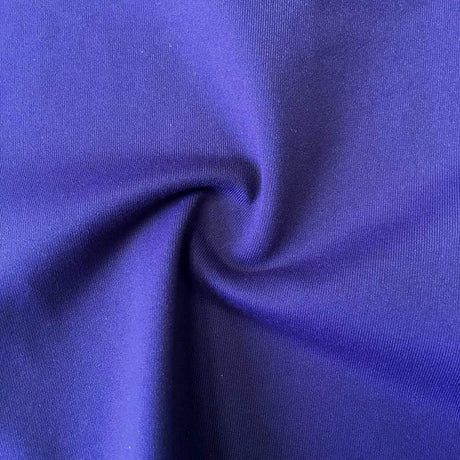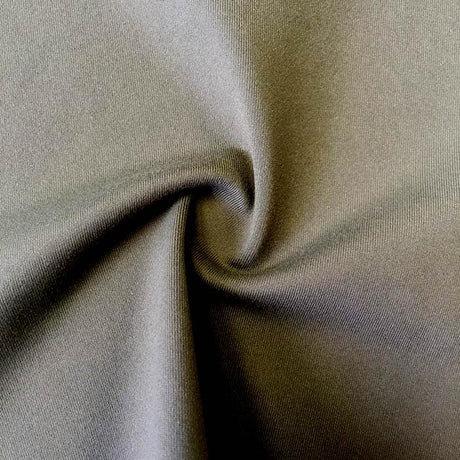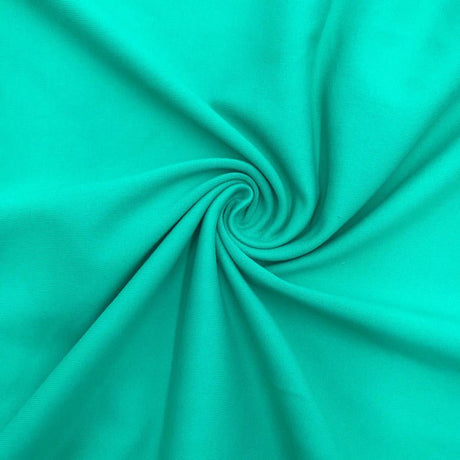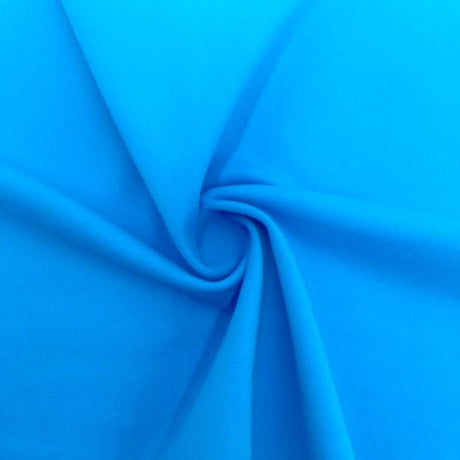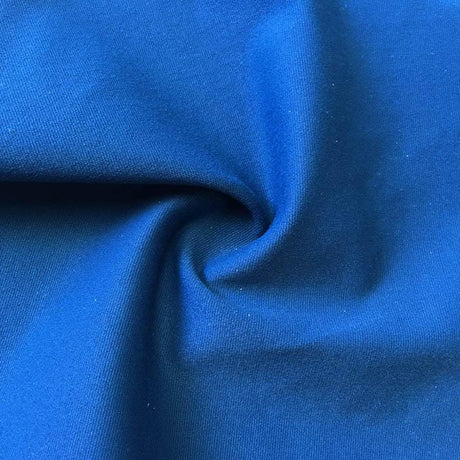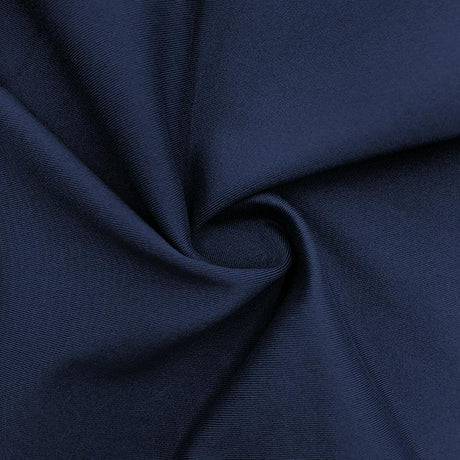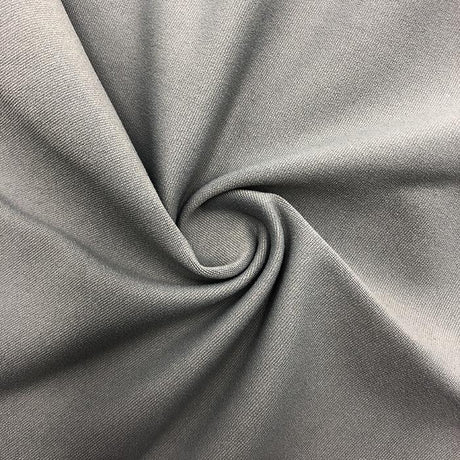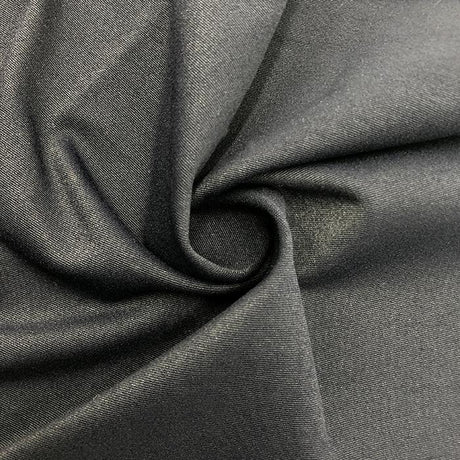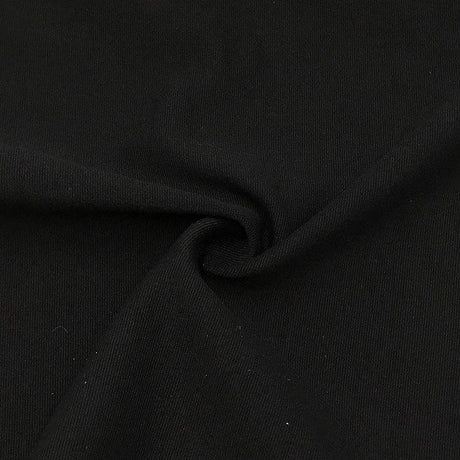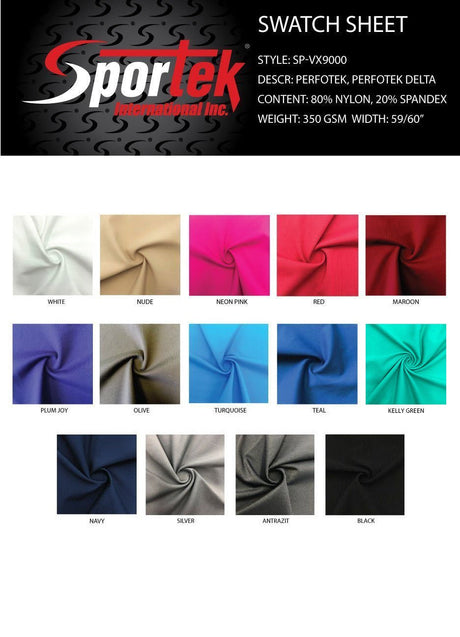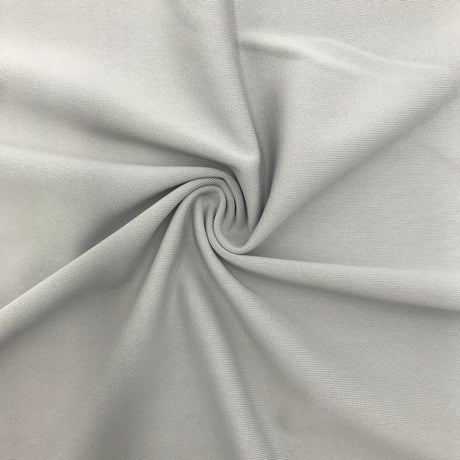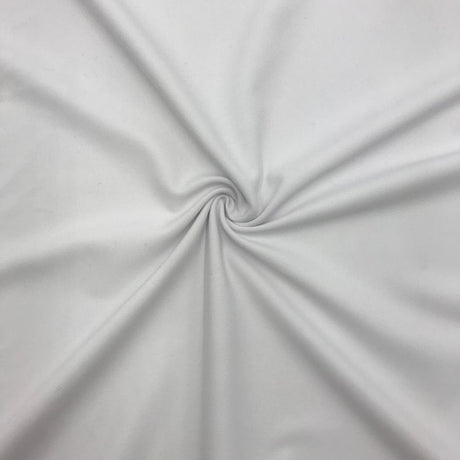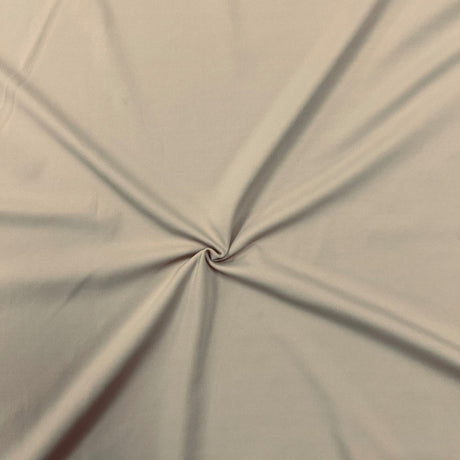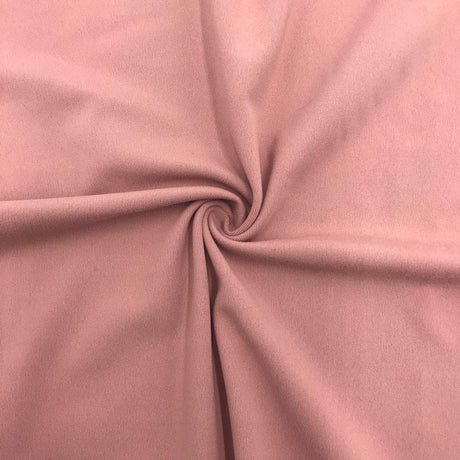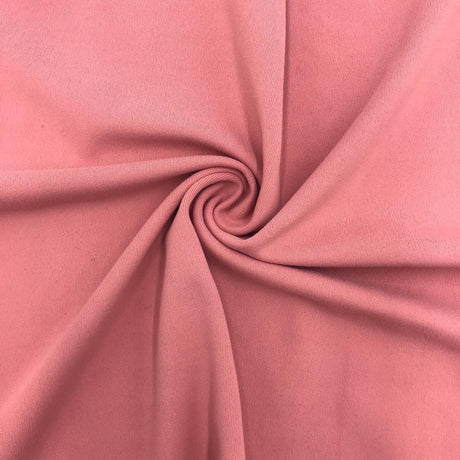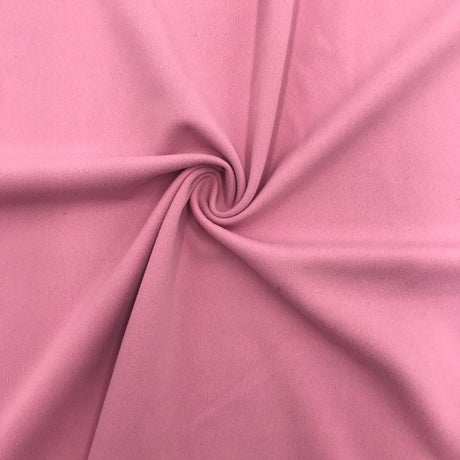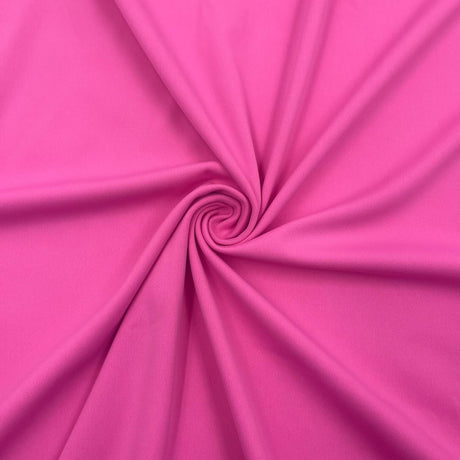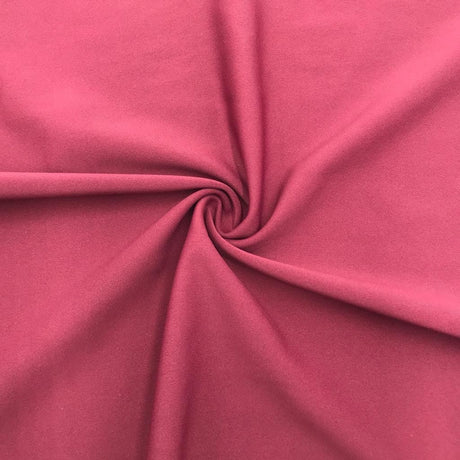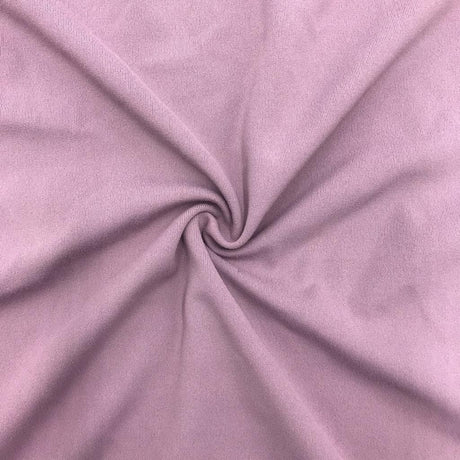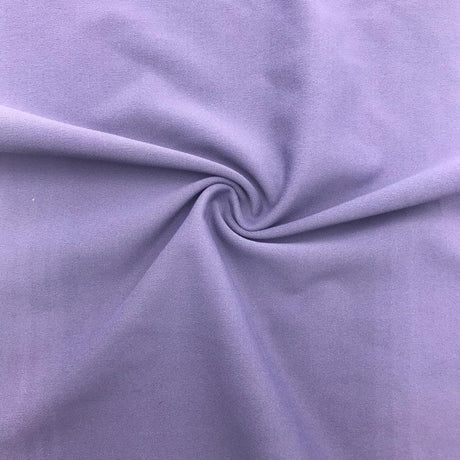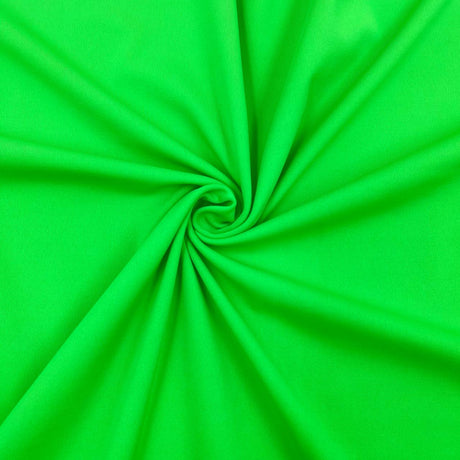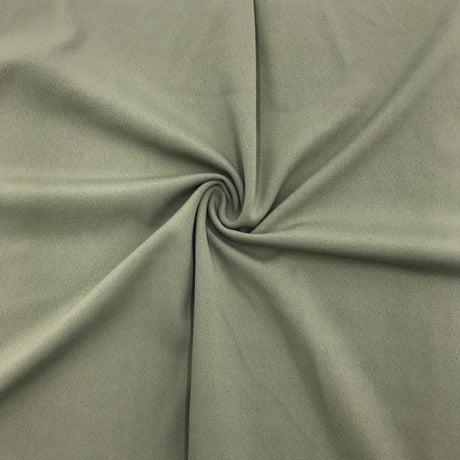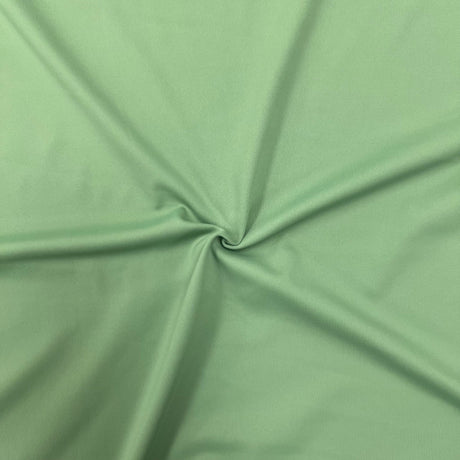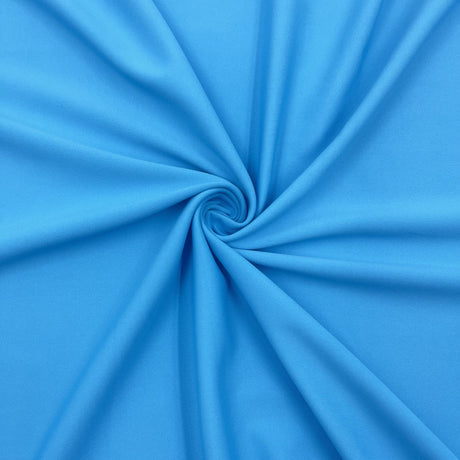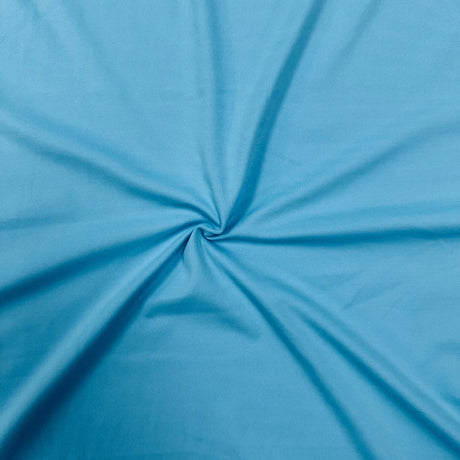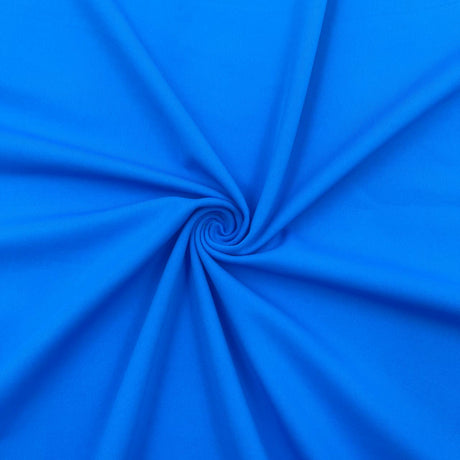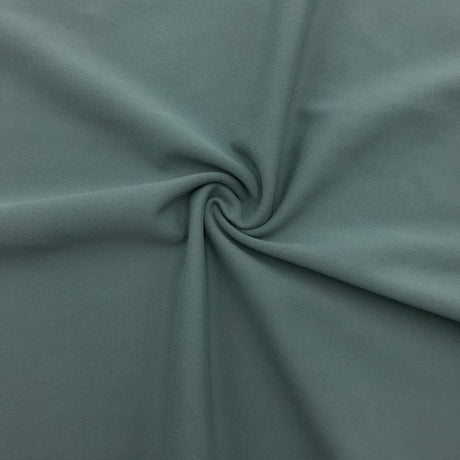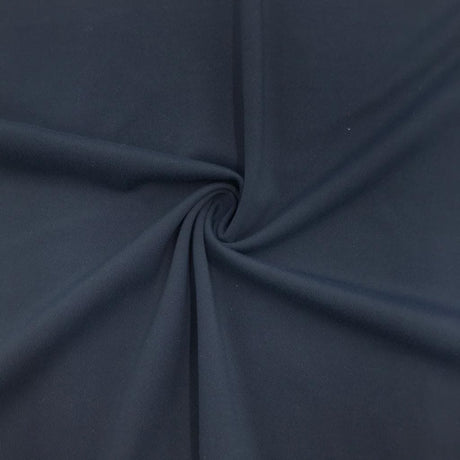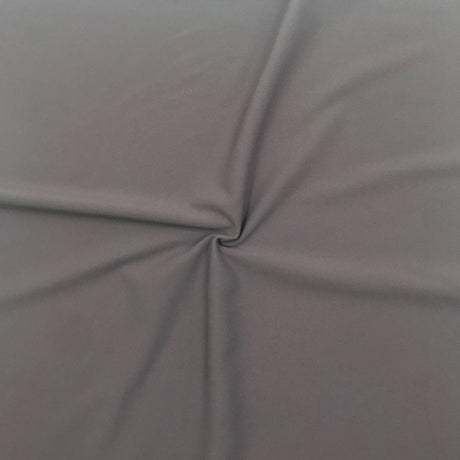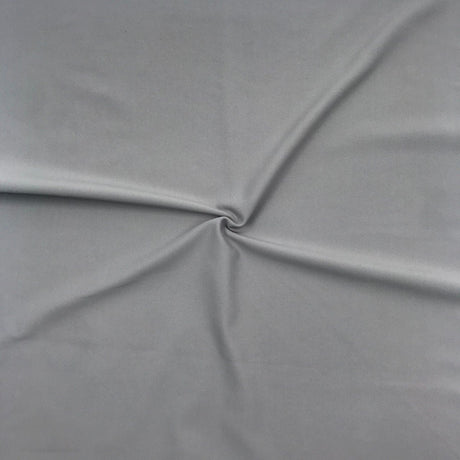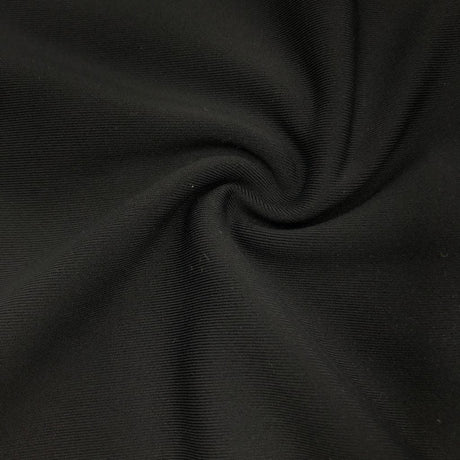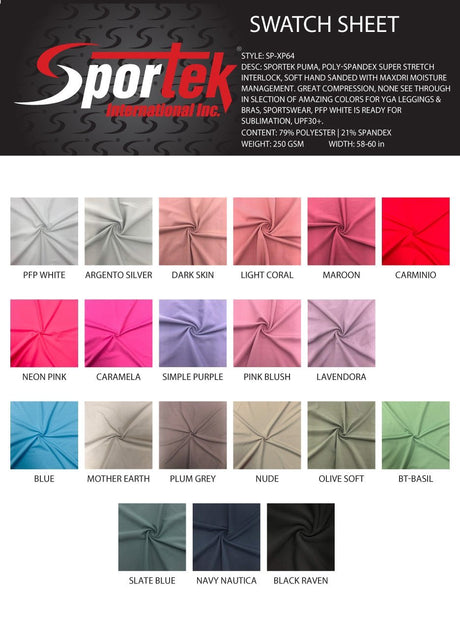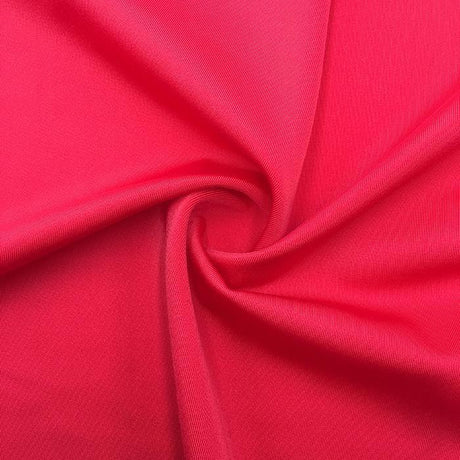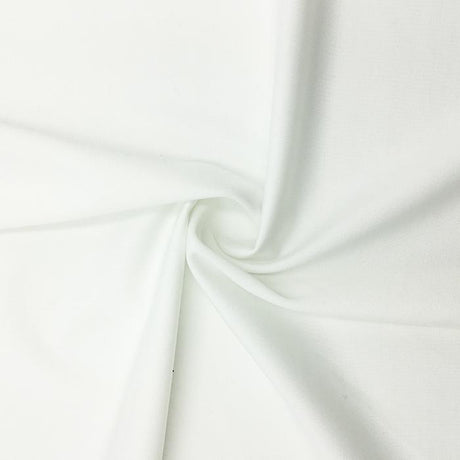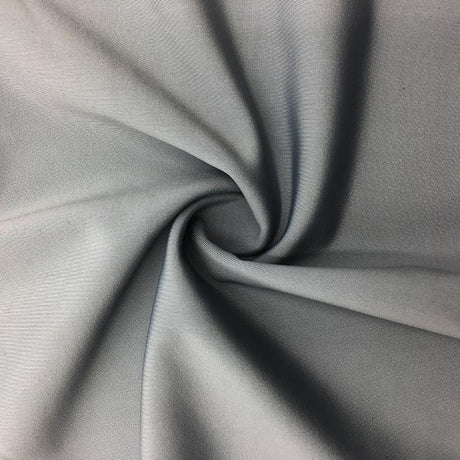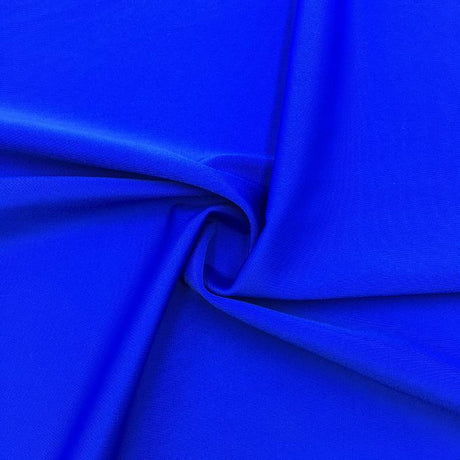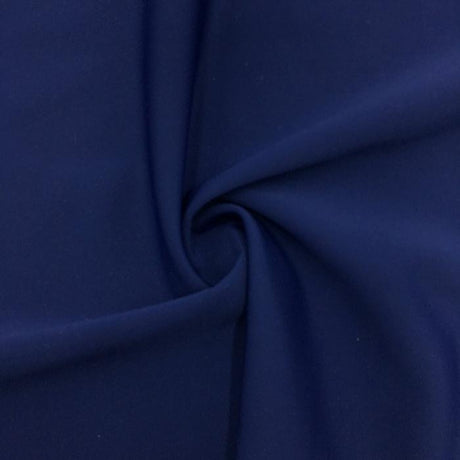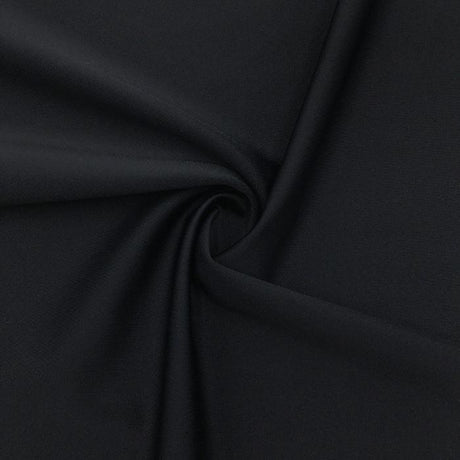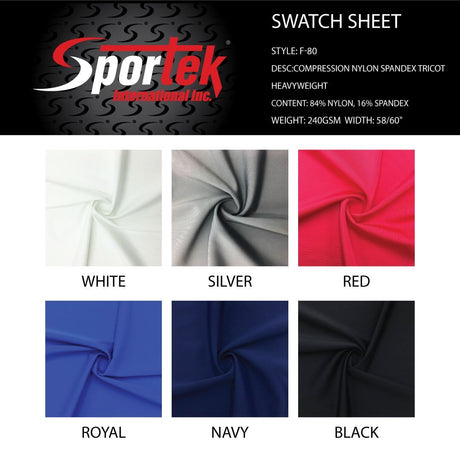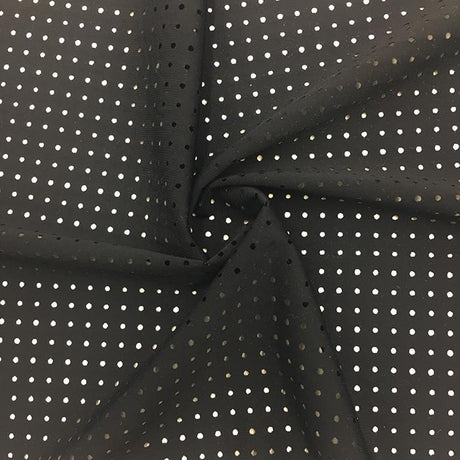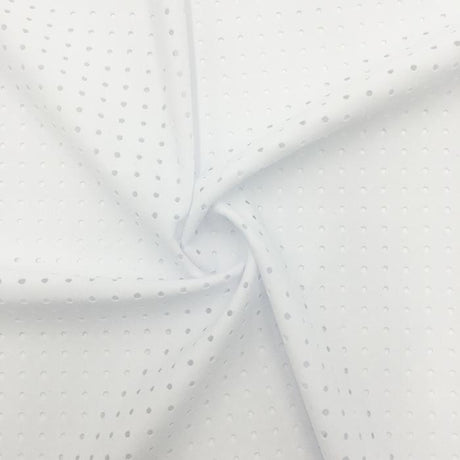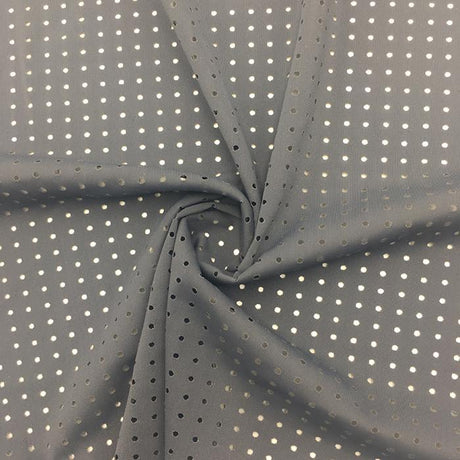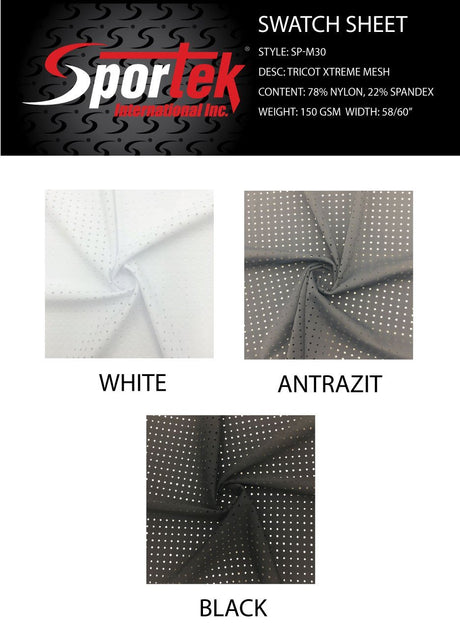When you think of spandex, your mind likely jumps to athletic wear, leggings, or swimwear. This versatile fiber is celebrated for its ability to provide incredible stretch, a perfect fit, and unhindered movement. However, spandex’s most critical and life-altering applications are found not on the sports field or in the gym, but within the medical industry. In this world, the fabric's unique properties are not just a matter of performance; they are essential for patient comfort, healing, and quality of life.
The use of textiles in medicine is a branch of science in itself, known as medical textiles. Spandex has emerged as a cornerstone of this field, providing solutions that were once impossible with traditional, rigid materials. From therapeutic compression garments that aid in circulation to flexible bandages that provide support without constriction, spandex is a quiet but powerful force in modern healthcare. Its ability to conform to the body, provide controlled pressure, and offer a comfortable, lightweight feel has transformed patient care and recovery.
This comprehensive guide will take you on a deep dive into the essential applications of spandex in the medical industry. We will explore its role in a variety of medical products, delve into the specific benefits it offers to both patients and practitioners, and examine the new technologies that are expanding its potential. By understanding the critical uses of spandex in medicine, you will gain a profound appreciation for a fiber that has truly changed lives.
The Foundational Benefits of Spandex for Medical Applications
Spandex’s core properties, which make it ideal for activewear, are even more critical in a medical context. The demands on a fabric used for patient care are incredibly high, and spandex rises to the challenge with its unique blend of attributes.
1. Controlled and Graduated Compression
This is arguably the most important application of spandex in medicine. Its remarkable elastic recovery allows it to provide consistent, graduated pressure to a specific area of the body.
- Why it matters: In medical compression, the pressure is not uniform. It is a carefully calibrated force that is highest at the extremities (like the ankle or wrist) and gradually decreases as it moves toward the heart. This graduated pressure is vital for improving blood flow, reducing swelling, and preventing the pooling of blood in the limbs.
2. Form-Fitting and Conformability
Spandex’s ability to stretch and conform to the unique contours of the human body is essential for a comfortable and effective fit.
- Why it matters: A brace or a bandage that is too rigid or doesn't fit properly can be uncomfortable, ineffective, and even cause new problems. Spandex ensures a snug, supportive fit without creating pressure points or restricting necessary movement.
3. Lightweight and Breathable
In medical applications, especially those requiring extended wear, comfort is a top priority.
- Why it matters: Spandex is a lightweight fiber, and when blended with breathable materials like cotton or nylon, it creates a fabric that can be worn for hours or even days at a time without causing discomfort or irritation. The fabric's ability to wick moisture away from the skin also helps to prevent skin breakdown, a common problem for bedridden patients.
4. Durability and Washability
Medical garments and devices need to be durable enough to withstand repeated use and frequent washing without losing their therapeutic properties.
- Why it matters: A compression garment or a brace must maintain its supportive fit and consistent pressure over time. Spandex’s durability and resistance to wear and tear ensure that a medical device can be worn, washed, and reused while maintaining its effectiveness.
Key Applications of Spandex in the Medical Industry
Spandex’s unique properties have made it an invaluable asset across a wide range of medical fields.
1. Compression Garments and Hosiery
This is the most common and well-known application of spandex in medicine. These garments are designed to apply controlled pressure to a specific part of the body to improve circulation and reduce swelling.
- Spandex's Role: The high spandex content (often 20-30% or more) provides the necessary compression. The fabric’s exceptional recovery ensures that this pressure is maintained over time, even with a lot of movement.
- Key Uses and Benefits:
- Deep Vein Thrombosis (DVT) Prevention: Compression stockings are used to prevent blood clots in the legs, especially for patients who are bedridden or on long flights.
- Lymphedema Management: For patients with lymphedema, a chronic condition causing fluid buildup, compression sleeves and garments are used to provide consistent pressure that helps drain fluid and manage swelling.
- Post-Surgical Recovery: Compression garments are used after a variety of surgeries (like liposuction) to reduce swelling, promote blood circulation, and aid in the healing process.
- Management of Varicose Veins: Compression stockings can help alleviate the symptoms of varicose veins and improve overall vascular health.
2. Medical Bandages and Supports
Spandex has revolutionized traditional bandages and supports, which were often made from rigid materials that restricted movement and were uncomfortable to wear.
- Spandex's Role: Spandex is blended with fibers like cotton to create elastic bandages and crepe bandages. These bandages conform to the body's shape, providing a gentle compression that aids healing without cutting off circulation.
- Key Uses and Benefits:
- Sprains and Strains: Elastic bandages with spandex provide support and light compression for soft tissue injuries. They help stabilize the injured area while allowing for a degree of movement.
- Orthopedic Braces: Knee braces, wrist supports, and ankle braces often contain spandex to provide a flexible yet supportive fit. This allows the brace to stay in place without sliding down or causing discomfort.
- Crepe Bandages: Unlike traditional cotton bandages, crepe bandages with a spandex blend offer superior stretch and recovery, making them easier to apply and more effective at providing consistent compression.
3. Wound Care and Wound Dressings
Spandex is being incorporated into advanced wound dressings and bandages to provide a new level of comfort and healing.
- Spandex's Role: Spandex is used to create a gentle compressive force around the wound, which can help to promote blood flow and reduce swelling. Its soft, smooth texture also helps to reduce friction against the skin, which is crucial for patients with burns or sensitive skin injuries.
- Key Uses and Benefits:
- Gentle Compression: A spandex-based dressing can provide the right amount of pressure to help with healing without causing pain or discomfort.
- Patient Comfort: The flexibility and softness of the fabric ensure the dressing can conform to the body's shape and be worn comfortably for extended periods.
4. Patient Clothing and Hospital Textiles
Spandex’s applications extend beyond direct patient care to general hospital textiles and patient apparel.
- Spandex's Role: It is used in hospital gowns, bedding, and even socks to improve patient comfort, especially for those who are bedridden for long periods.
- Key Uses and Benefits:
- Pressure Redistribution: Spandex-based mattress covers and bedsheets can help redistribute pressure, which reduces the risk of bedsores for bedridden patients.
- Comfort and Mobility: Hospital gowns and other clothing with spandex provide a comfortable, flexible fit that makes it easier for patients to move, while also making it easier for healthcare providers to access the patient for examinations.
- Moisture Management: For bedridden patients, managing moisture is critical. Spandex blends with moisture-wicking properties can help keep the patient dry, reducing the risk of skin breakdown.
The Future of Spandex in Medicine: Smart Textiles and Beyond
The medical applications of spandex are still evolving. New technologies and innovations are pushing the boundaries of what is possible, turning spandex into a true medical device.
1. Smart Textiles for Patient Monitoring
Just as in professional sports, spandex fabrics are being developed with embedded sensors that can monitor a patient's vital signs in real time.
- The Technology: Conductive fibers are woven into the spandex fabric of a vest or a sock. These fibers can monitor heart rate, respiration, and even body temperature.
- The Benefits: This technology can be used for remote patient monitoring, allowing doctors to track a patient's recovery at home. It can also be used in hospitals to provide continuous, non-invasive monitoring for critically ill patients.
2. Customized and 3D-Printed Medical Garments
Spandex’s conformability makes it ideal for customized medical devices. New technologies in 3D knitting and manufacturing are allowing for the creation of customized compression garments and braces that are perfectly tailored to a patient's unique body shape.
- The Benefits: A perfectly tailored garment provides the optimal level of pressure and support, which is critical for therapeutic effectiveness. It also enhances patient comfort and compliance with treatment.
3. Sustainable and Biodegradable Solutions
The medical industry is also grappling with the need for sustainability. Manufacturers are developing spandex fabrics that are both durable and eco-friendly.
- The Technology: Biodegradable spandex and blends made from recycled fibers are being explored for use in medical applications, reducing the environmental footprint of single-use medical garments and devices.
- The Benefits: This shift toward sustainable materials will reduce textile waste from hospitals and clinics, contributing to a more circular and responsible healthcare system.
Frequently Asked Questions (FAQ)
Q1: What is the difference between medical compression garments and athletic compression garments? A1: Medical compression garments are specifically designed to provide graduated pressure, which is crucial for treating conditions like lymphedema and DVT. They are often prescribed by a doctor and have a specific pressure rating (e.g., mmHg). Athletic compression garments are designed to provide a more uniform pressure for muscle support and performance enhancement. While both use spandex, the construction and pressure level of a medical garment are much more precise.
Q2: Is a higher spandex content always better for medical applications? A2: No. The percentage of spandex depends on the application. For a high-compression garment, a higher percentage (20-40%) is needed. For a simple bandage or a soft patient gown, a lower percentage is sufficient to provide a comfortable fit without excessive pressure. The balance of the blend is crucial.
Q3: Is spandex a safe material to be used in medicine? A3: Yes. High-quality spandex is a safe, non-toxic, and hypoallergenic material that has been used in medicine for decades. However, it is essential that the final fabric has been tested and certified (e.g., by OEKO-TEX®) to be free from any harmful chemical residues.
Q4: Can I use my activewear as a medical compression garment? A4: No. While activewear provides compression, it is not graduated and does not meet the strict pressure ratings required for therapeutic use. Using athletic compression for a medical condition is not only ineffective but can also be harmful.
Conclusion
Spandex's journey from a groundbreaking athletic fiber to a life-enhancing medical textile is a testament to its unparalleled versatility and performance. Its unique properties, from its ability to provide controlled compression and a form-fitting shape to its lightweight durability, have made it an indispensable component in everything from bandages and braces to post-surgical garments and patient clothing.
As the medical textile industry continues to innovate, spandex will remain at the forefront. New technologies in smart textiles, customized manufacturing, and sustainable materials will further expand its applications, ensuring that spandex continues to play a vital role in patient care, healing, and well-being. By understanding its critical applications in this field, we gain a new appreciation for a fiber that does more than just enhance our workouts—it helps to heal, support, and improve lives.
Ready to explore a world of versatile, high-quality fabrics? At SpandexByYard.com, we are proud to offer a collection of top-tier spandex blends that meet the high standards required for both activewear and medical applications. Explore our collection and feel the difference that true quality makes.

